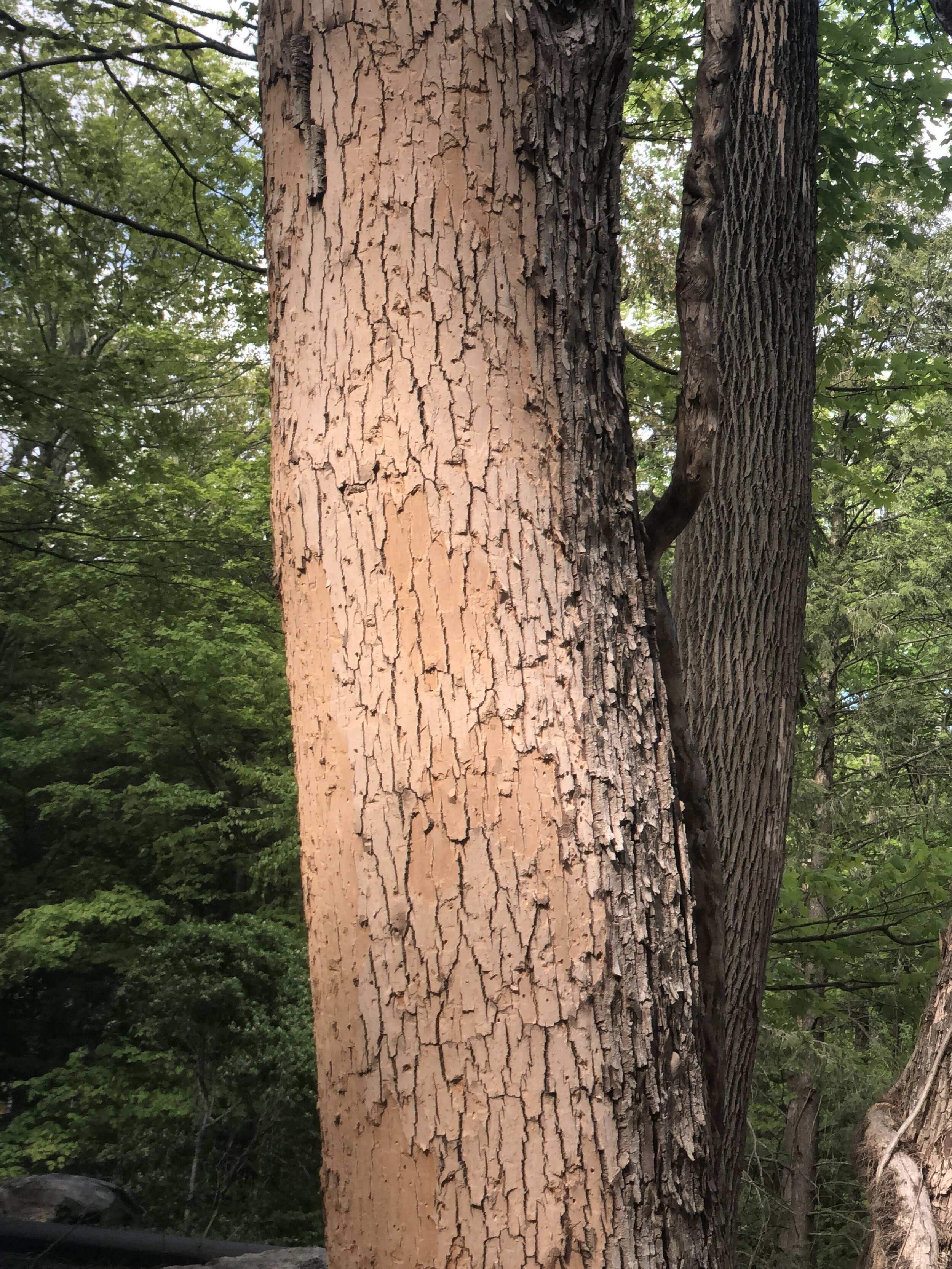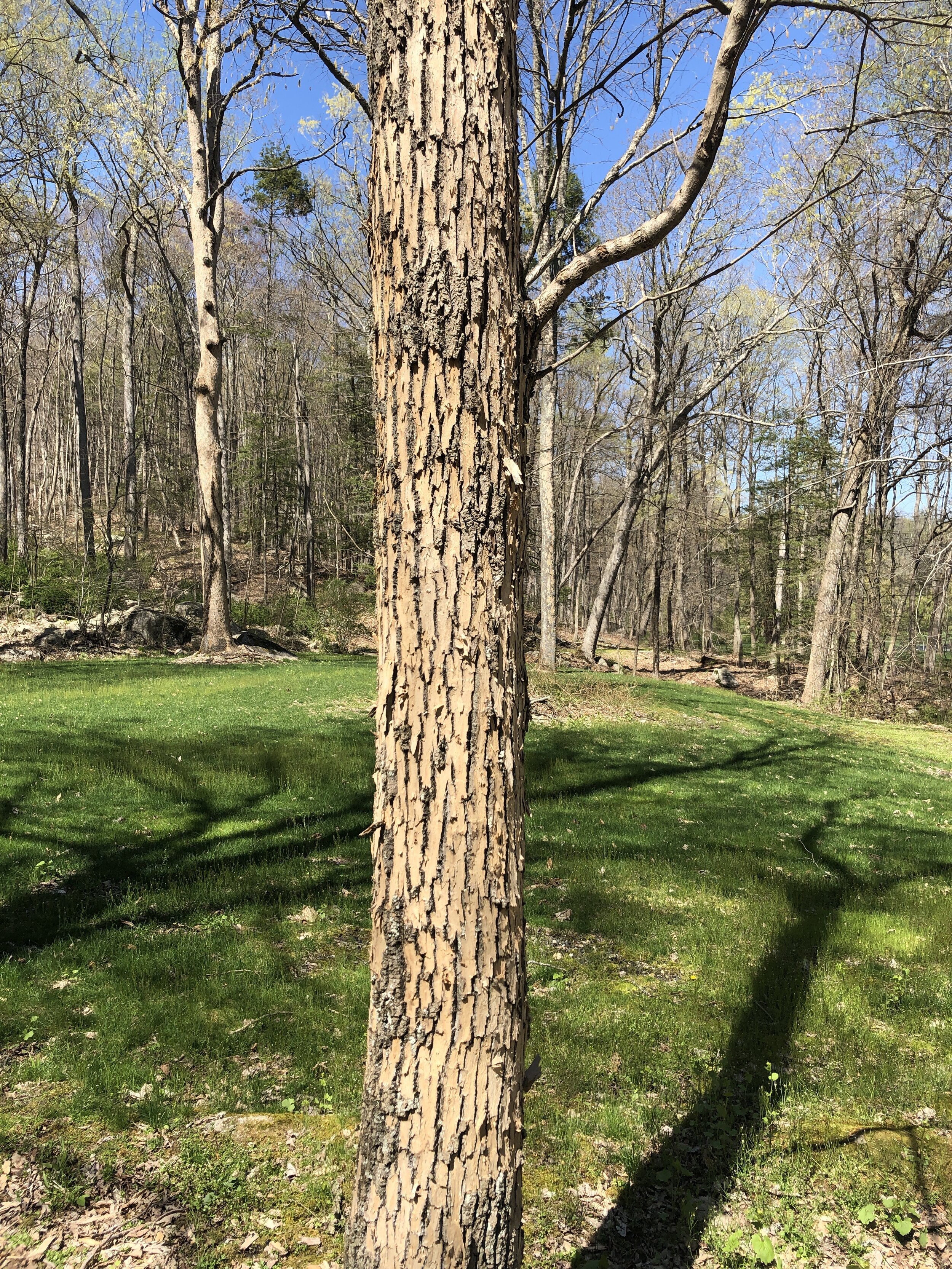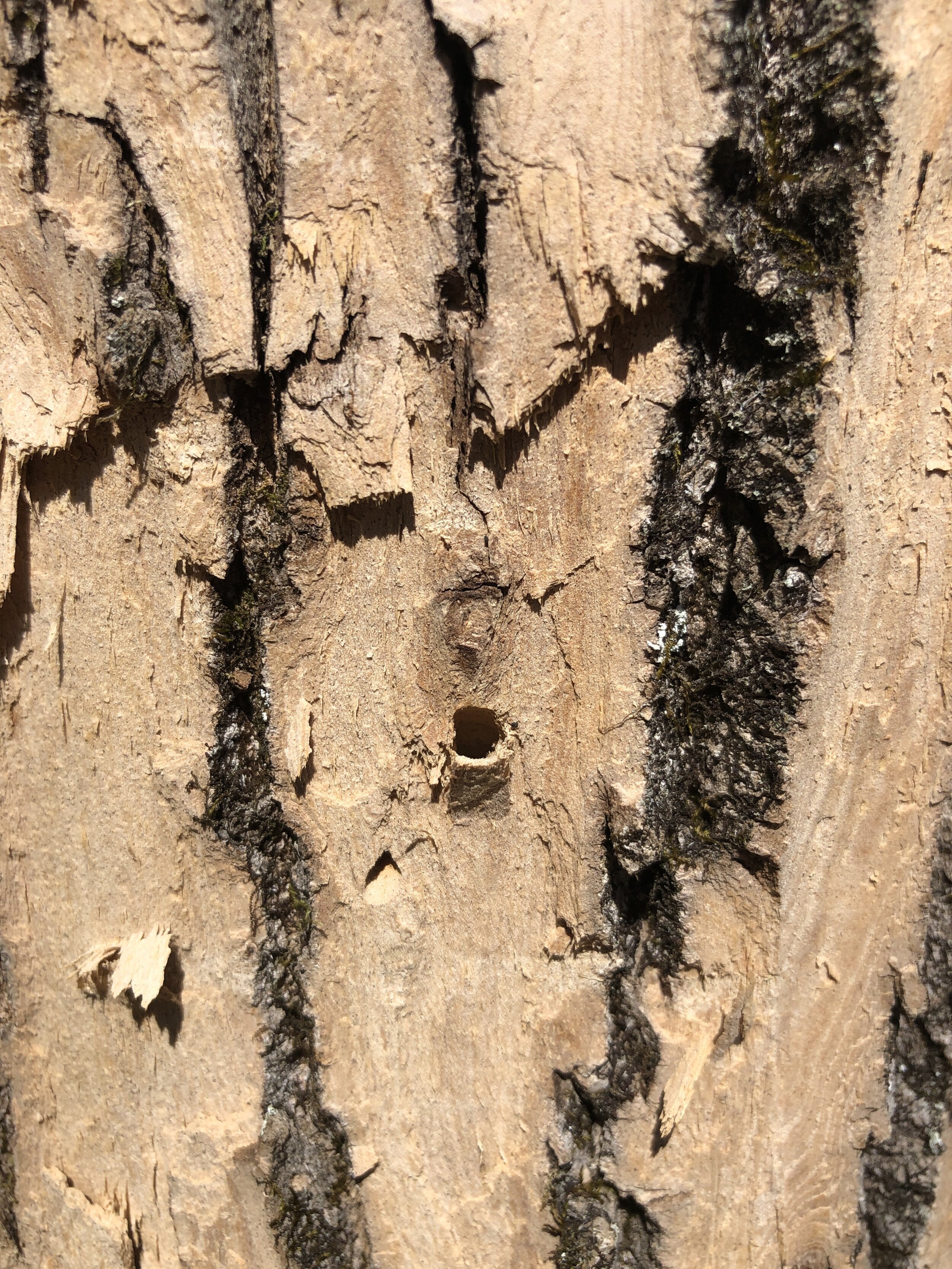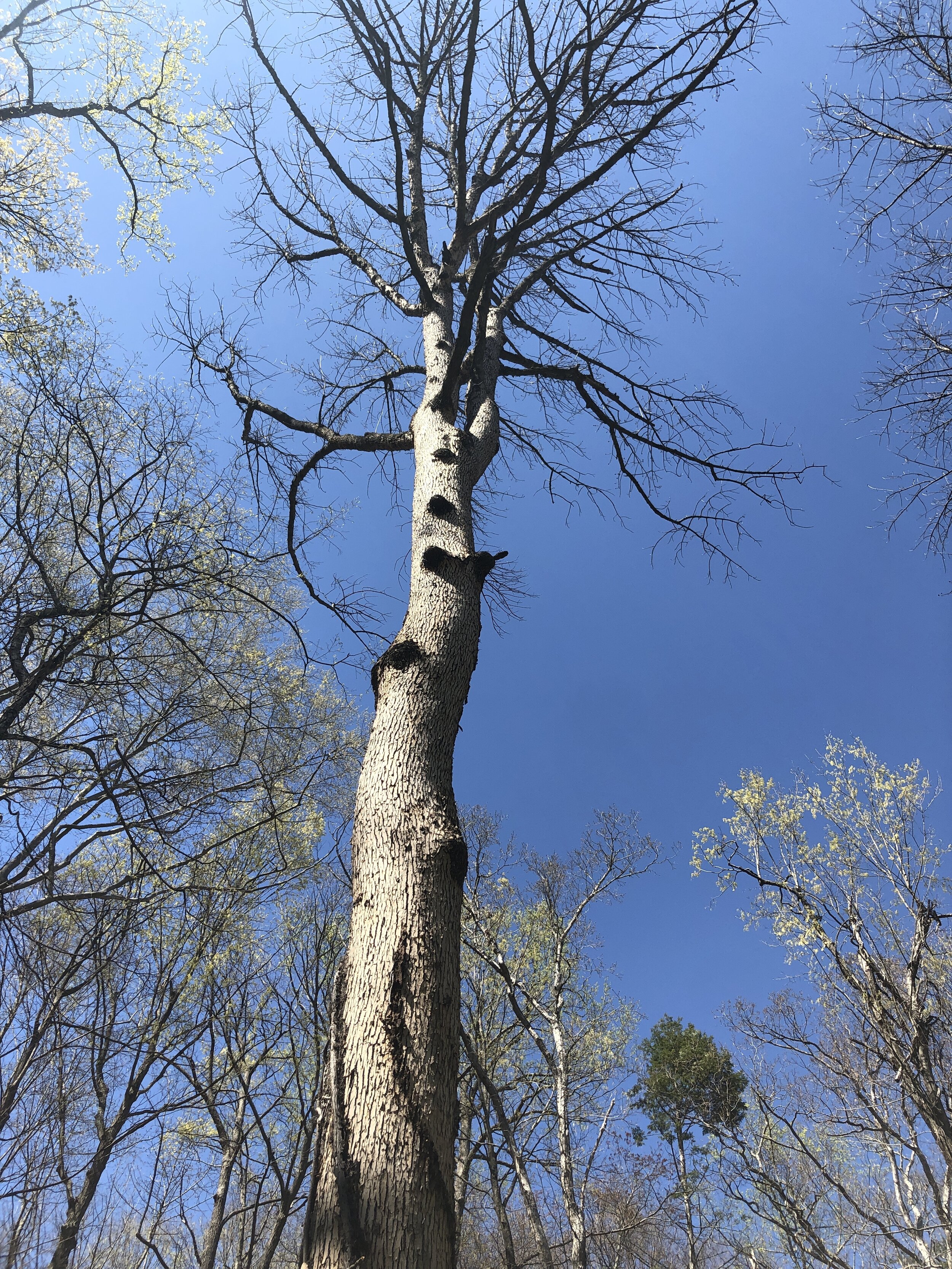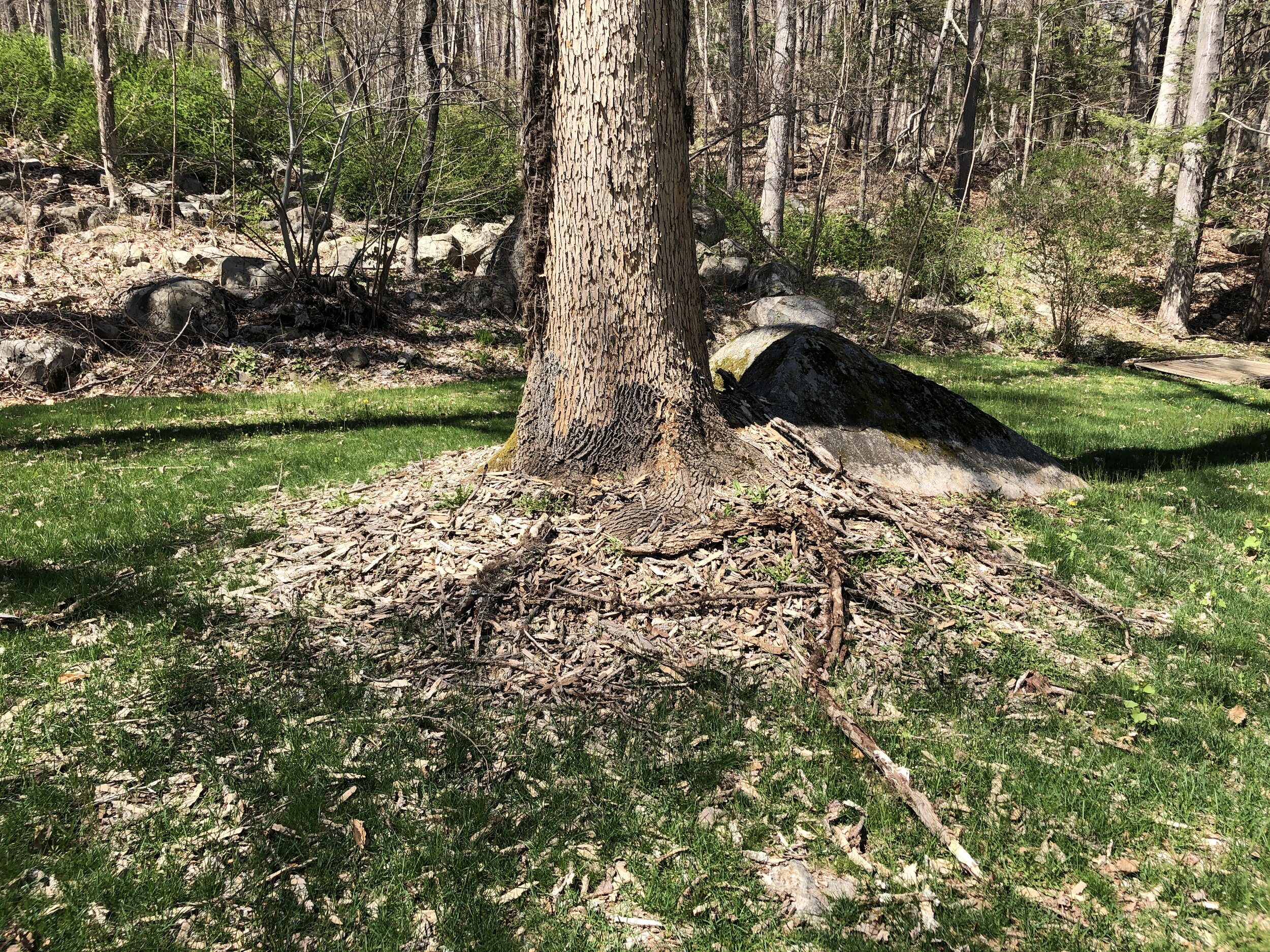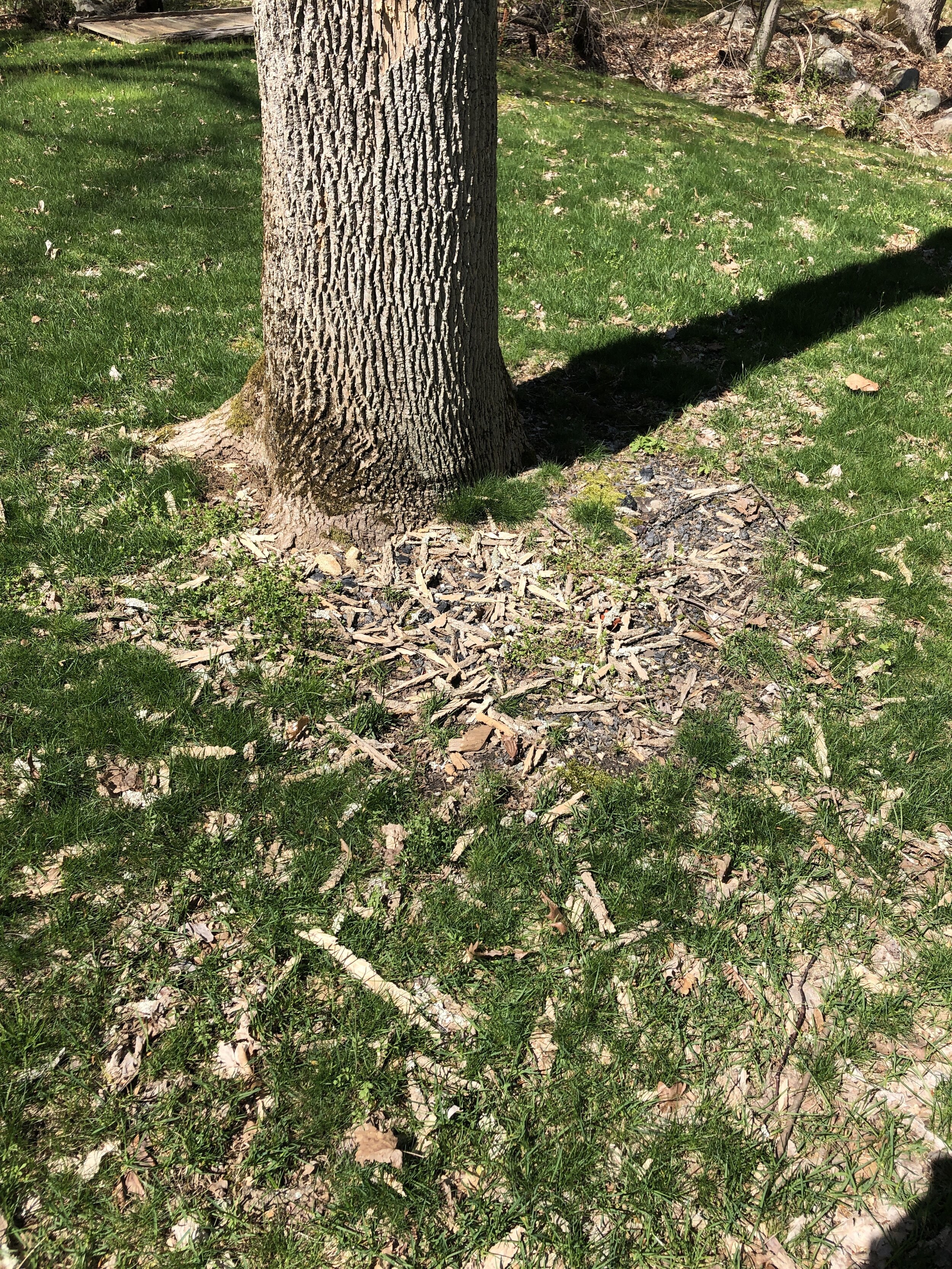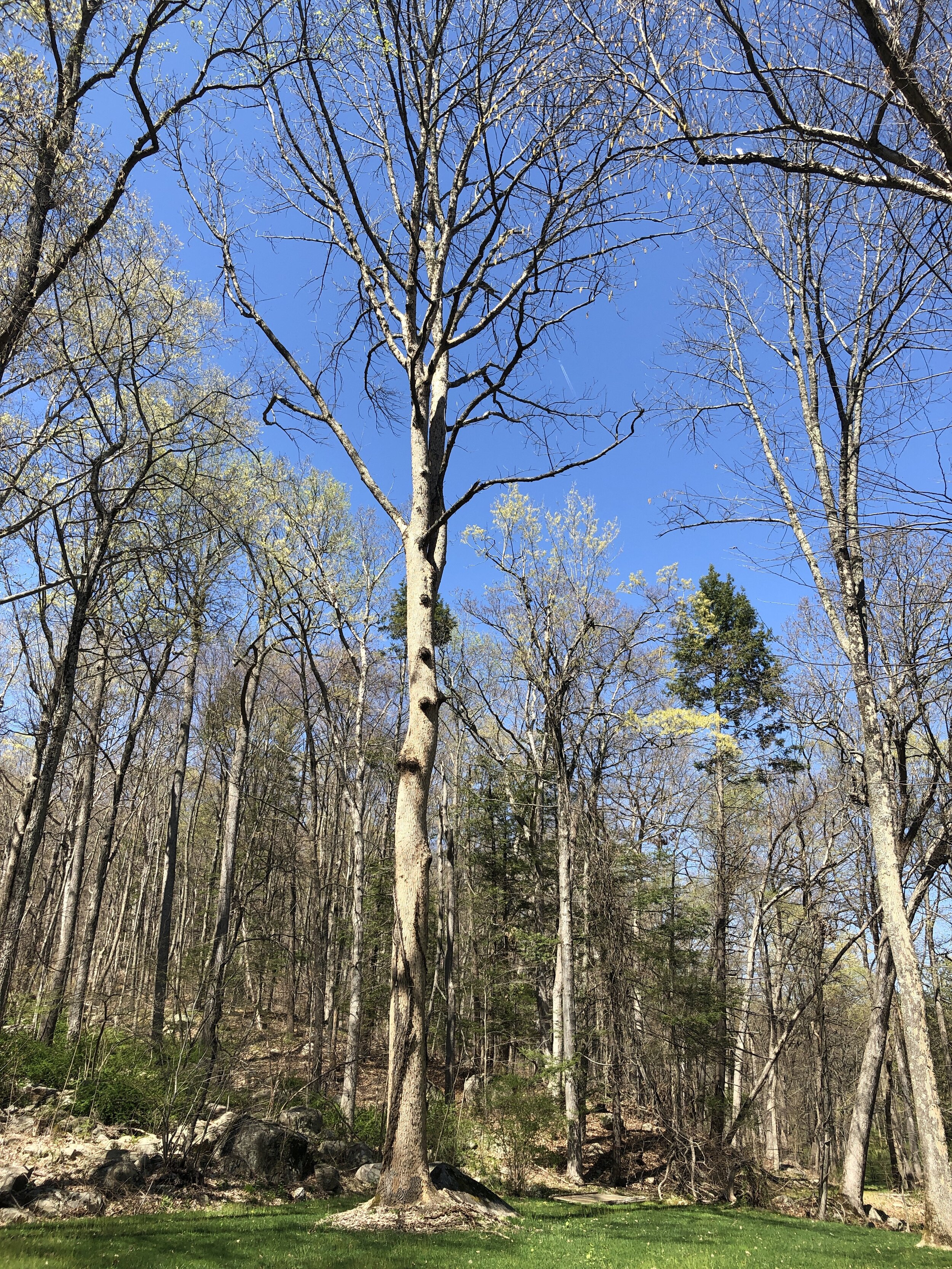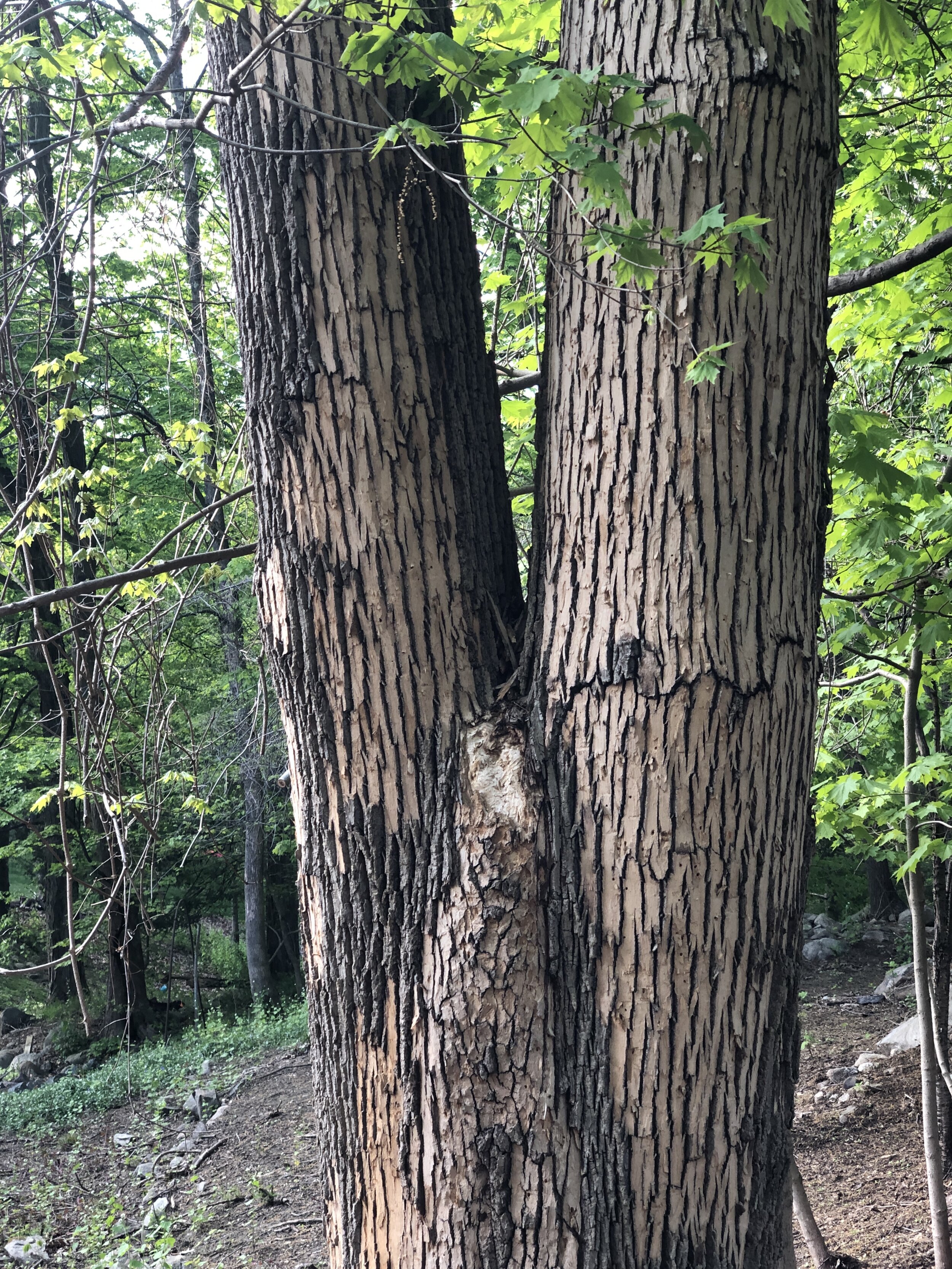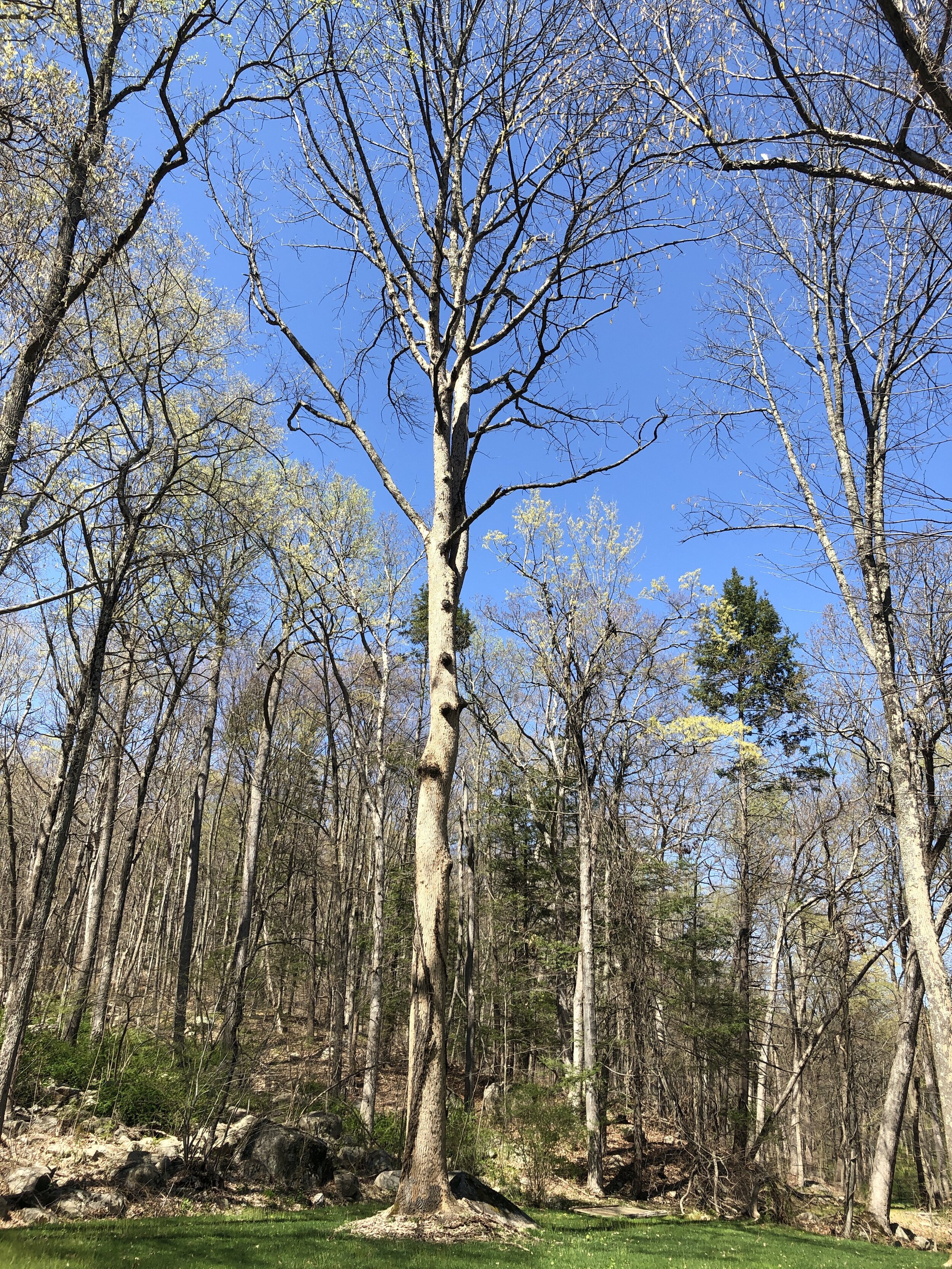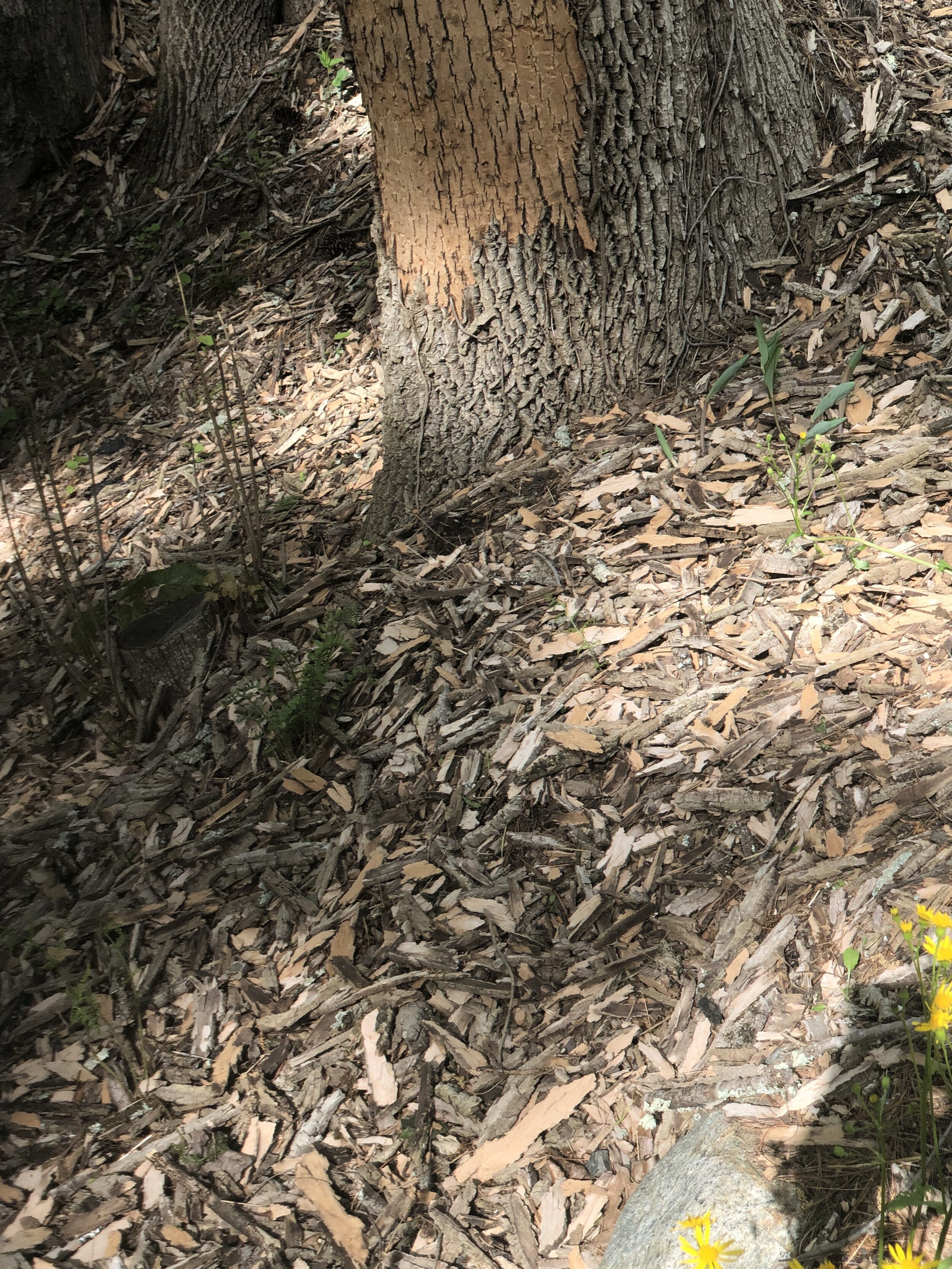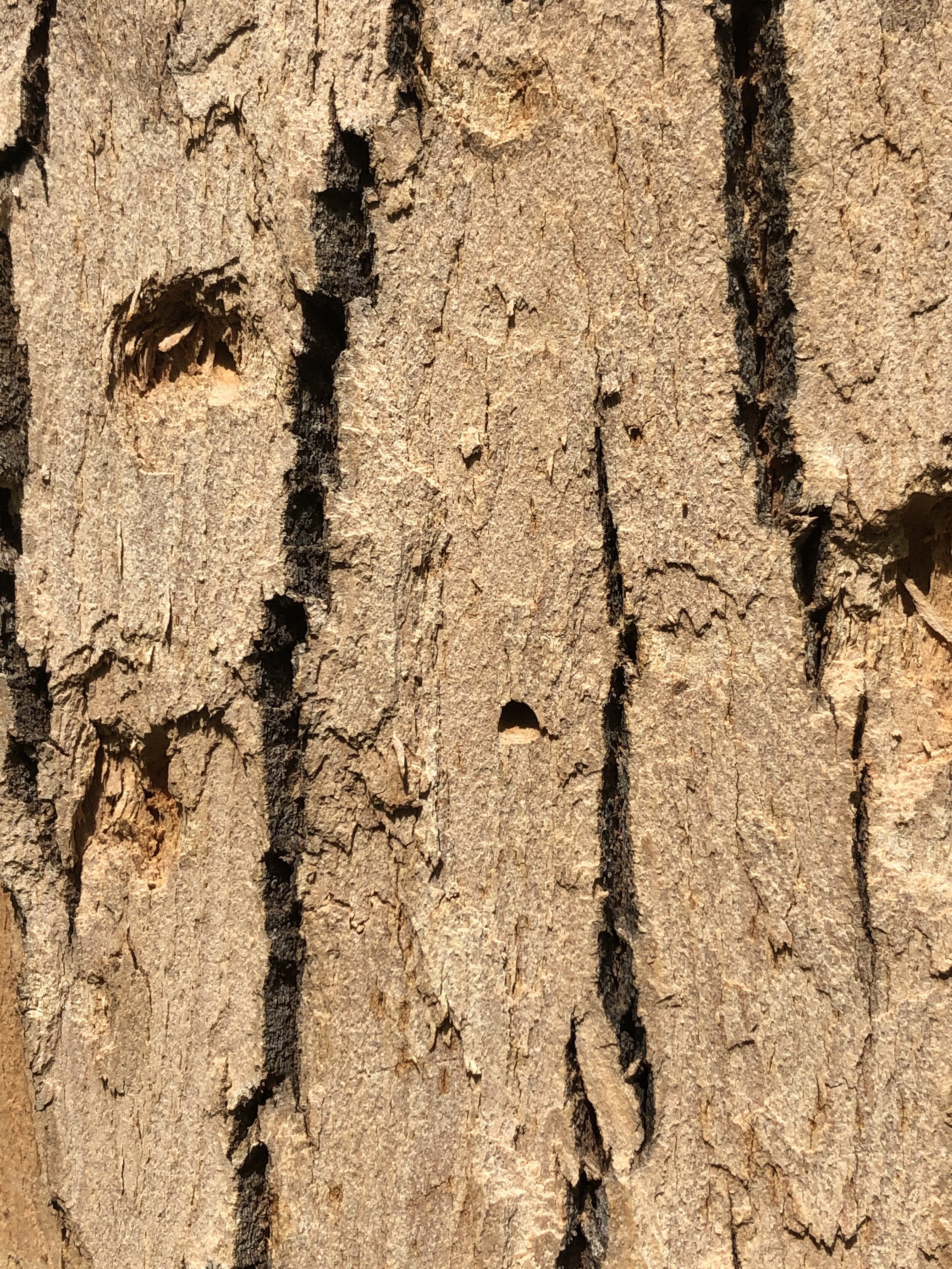Thanks to a grant from the NYS Urban Forestry Council/Tree City USA the Tuxedo Park Tree Advisory Board planted six trees at the Tuxedo Park Village Office site with the help of students, teachers, and parents of the Tuxedo Park School. We thank NYS Urban Forestry Council/Tree City USA for giving us the grant to buy the trees and soil.
New York State Urban Forestry Council / Tree City USA Website Link:
https://nysufc.org/tuxedo-park-fall-planting-with-help-of-council-grant/2022/11/28/
Do you have these nasty invasive plants in your garden?
At the September 21 Special Board of Trustees Meeting, Christopher Gow, Chair of the Tree Advisory Board, gave a short presentation on the worst invasive plants [see photos of the “4 nasty invasives” below] that can take over your garden — and even destroy the foundation of any structure, including your house.
You can’t just ask your landscaper to cut/remove them — they will multiply and return stronger than before.
If you think you have these invasives on your property, a member of the Tree Advisory Board will be happy to visit you and advise on the control and eradication method.
Email tptreeboard@gmail.com to schedule an appointment or go to the “Homeowners’ corner” page on this website for more information.
Hercules Club (note the knobby thorns on the trunk)
Japanese Knotweed (this plant can ruin the foundation of a house or a driveway)
Tree of Heaven
Mile a minute (note the triangular leaves; it literally grows a mile a minute)
An Epidemic Among Trees
You may have noticed an unusually large number of very tall dead trees with pale trunks in Tuxedo Park and in the surrounding areas. These are Ash trees, a ubiquitous native that is being devastated by the Emerald Ash Borer (EAB).
EAB is an exotic beetle that was discovered in the US only in 2002 that has quickly spread from Michigan to the Northeast. While adult beetles nibbling on Ash foliage cause little damage, the larvae (the immature stage) feeding on the inner bark strangle the tree by disrupting its ability to transport water and nutrients. The trunks of dying or dead Ash trees turn light brown – this is called “blonding” – when the woodpecker has picked off the bark in search of the delicious larvae.
While some treatments are available from licensed arborists to help save a still healthy Ash, they involve chemicals that should best not be introduced into the environment and are too expensive to be applied on any scale. This makes removal – and replanting – of the diseased trees the most practiced solution, costing billions of dollars nationwide.
To slow the spread of EAB, the cut timber of a dead or infested Ash should not be transported for more than 50 miles.
Consider replanting with native trees such as oak, dogwood, red bud, sugar maple. Not only are they beautiful, they also provide shelter and food to birds and other wildlife. Importantly, the root system helps prevent property damage from soil erosion and water runoff. Native trees are suited to the local environment – but don’t plant near or under the electric and cable lines or Orange & Rockland will eventually have to top them!
Fall 2020 newsletter: Progress in the Race Track Nature Preserve ✦ Flashback to Old Dump Days ✦ New Entrance Plantings ✦ Over 3 Days and 4,000 Native Plants Added ✦ Come Visit The Trails and Stroll Under the Trees Where Local Teacher Proposes ✦ Replace Downed Trees with Oak ✦ Upcoming Projects ✦Volunteers Are Always Needed ✦ Please Contact Us to Learn More or for a Tour or to Volunteer ✦
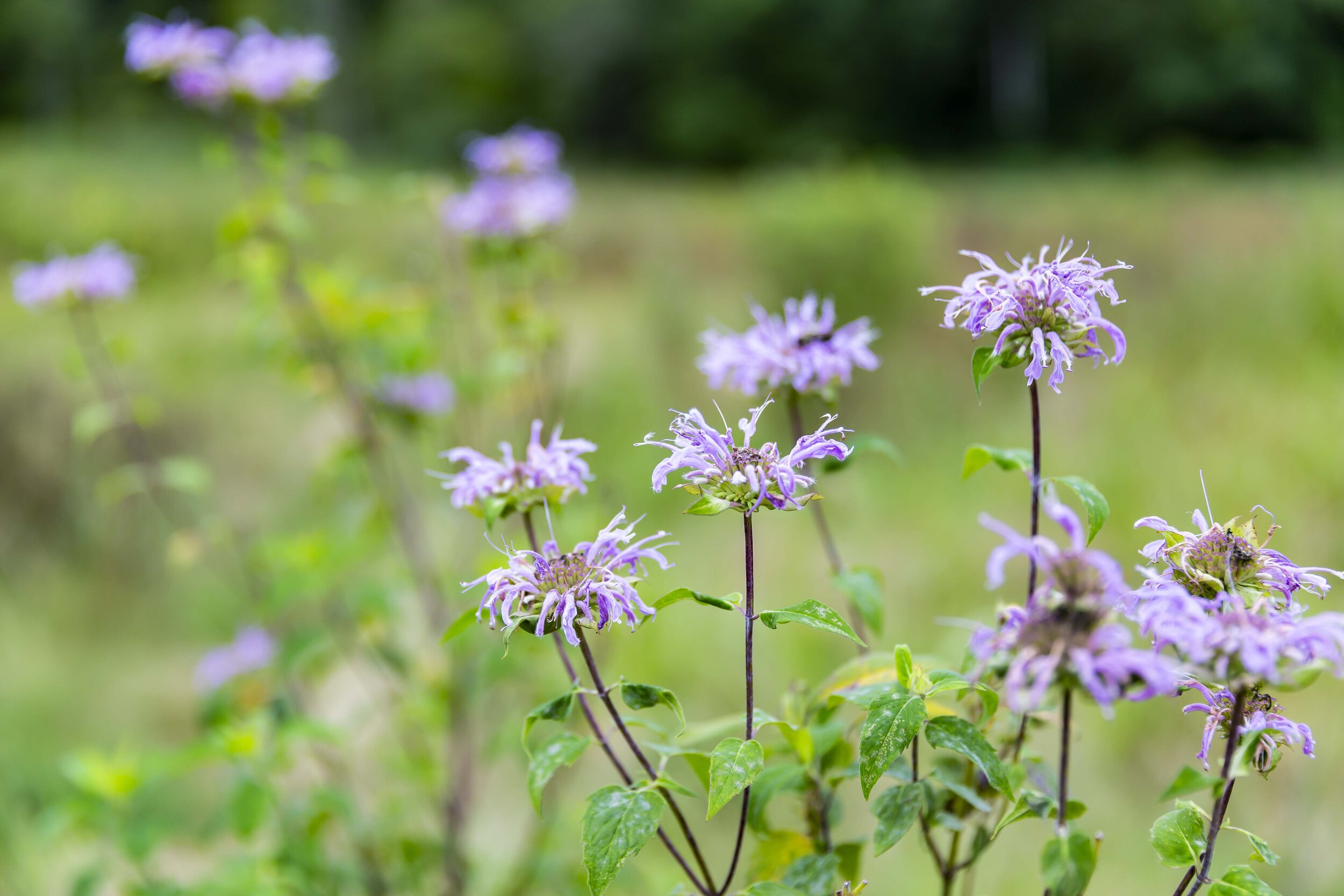
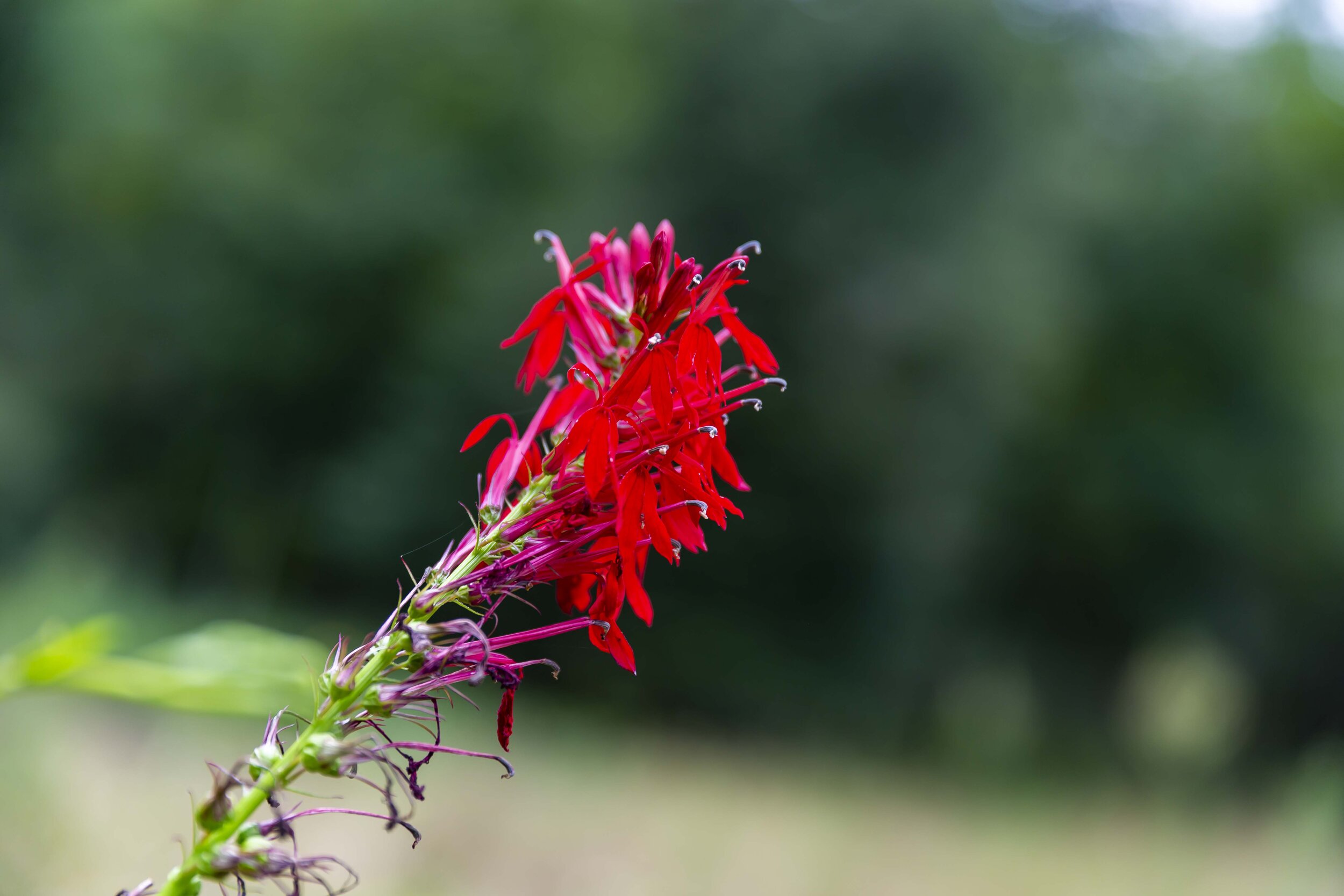
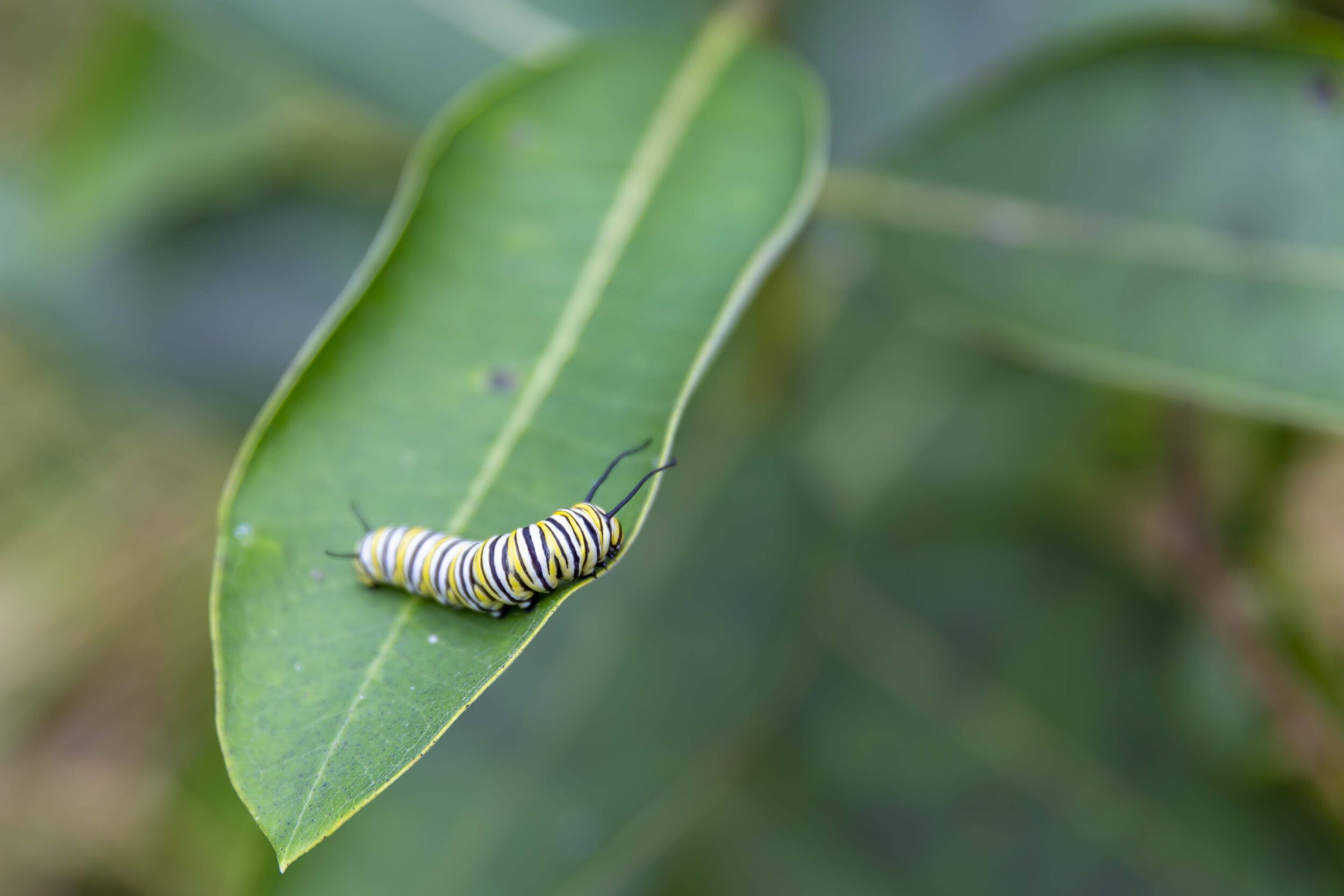
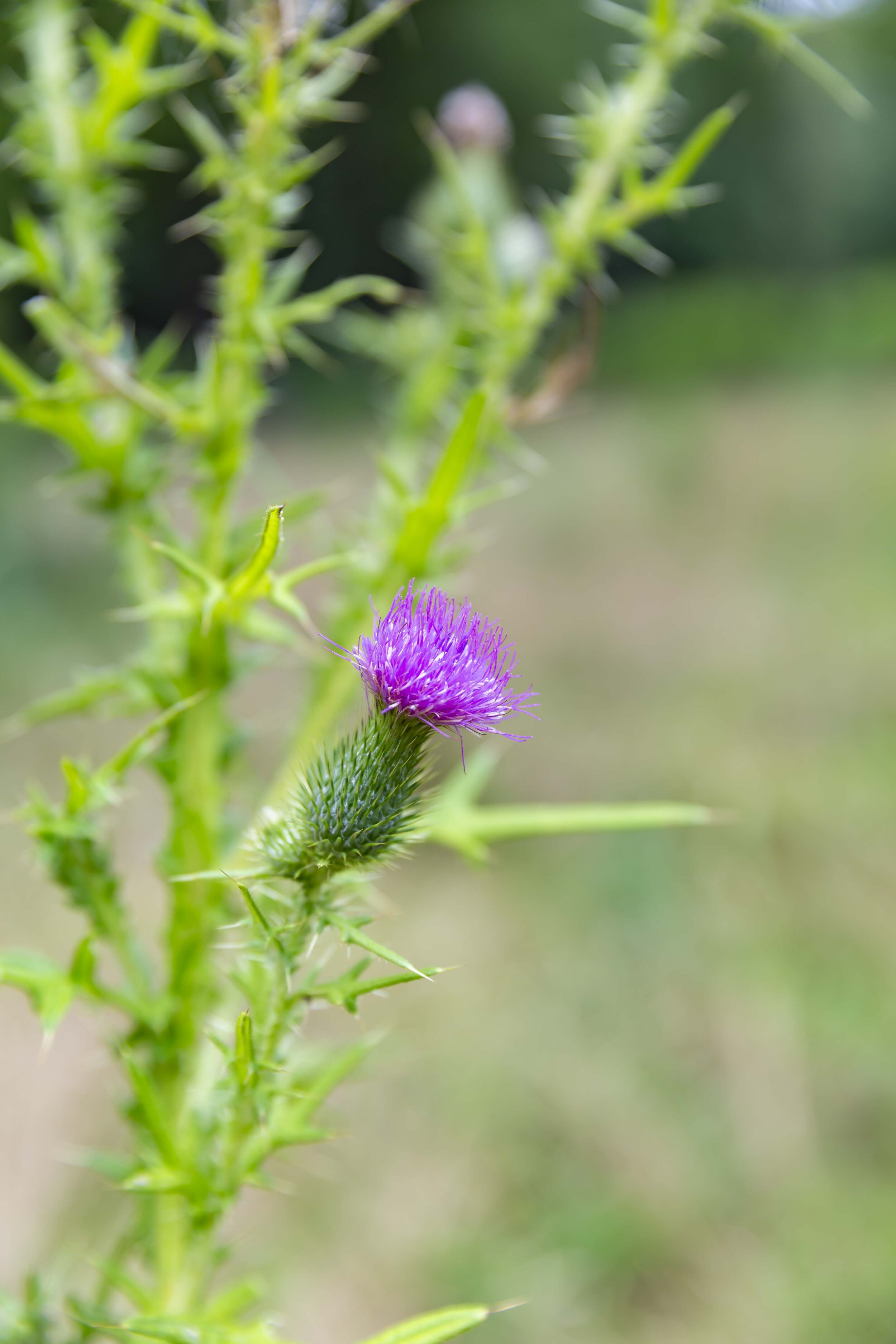


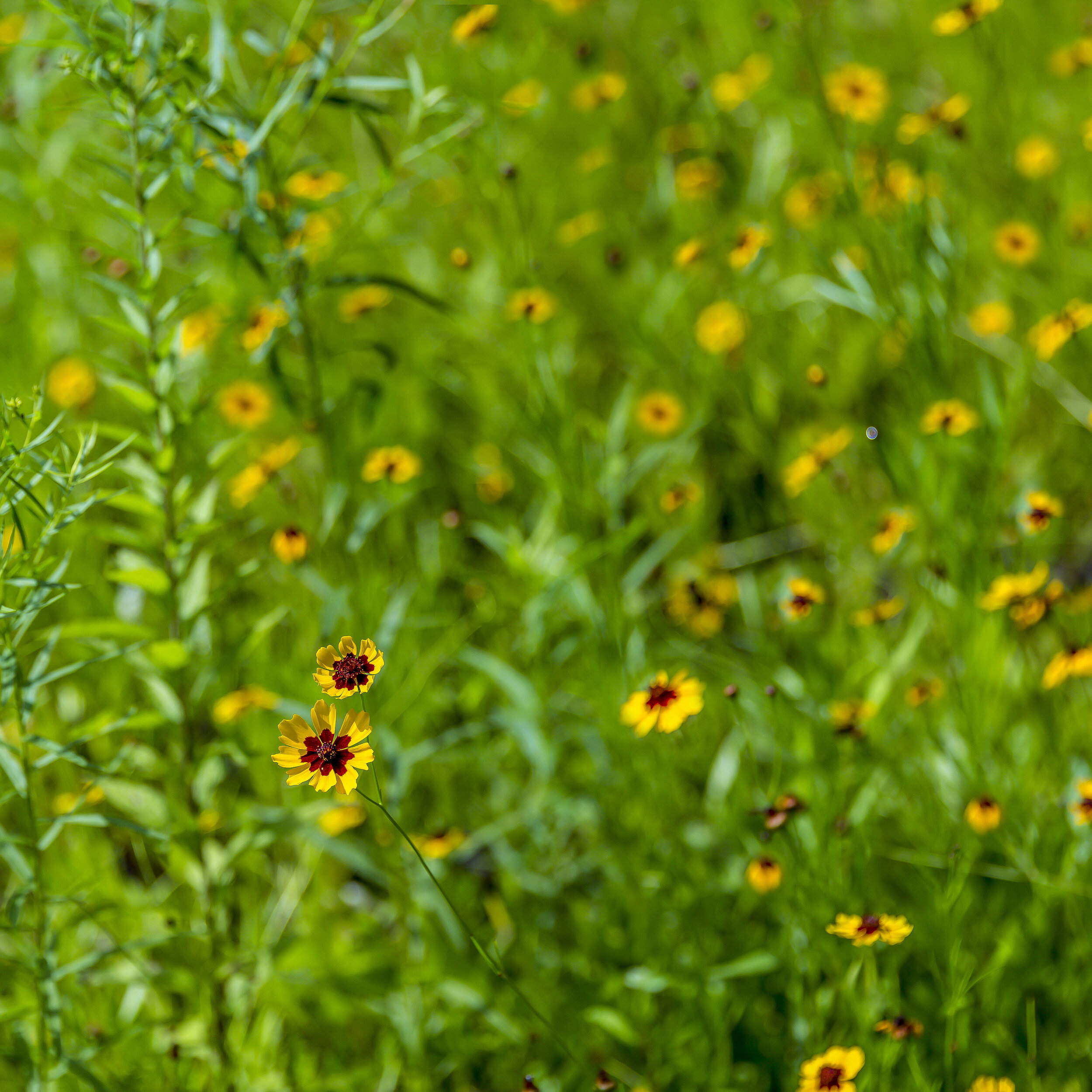
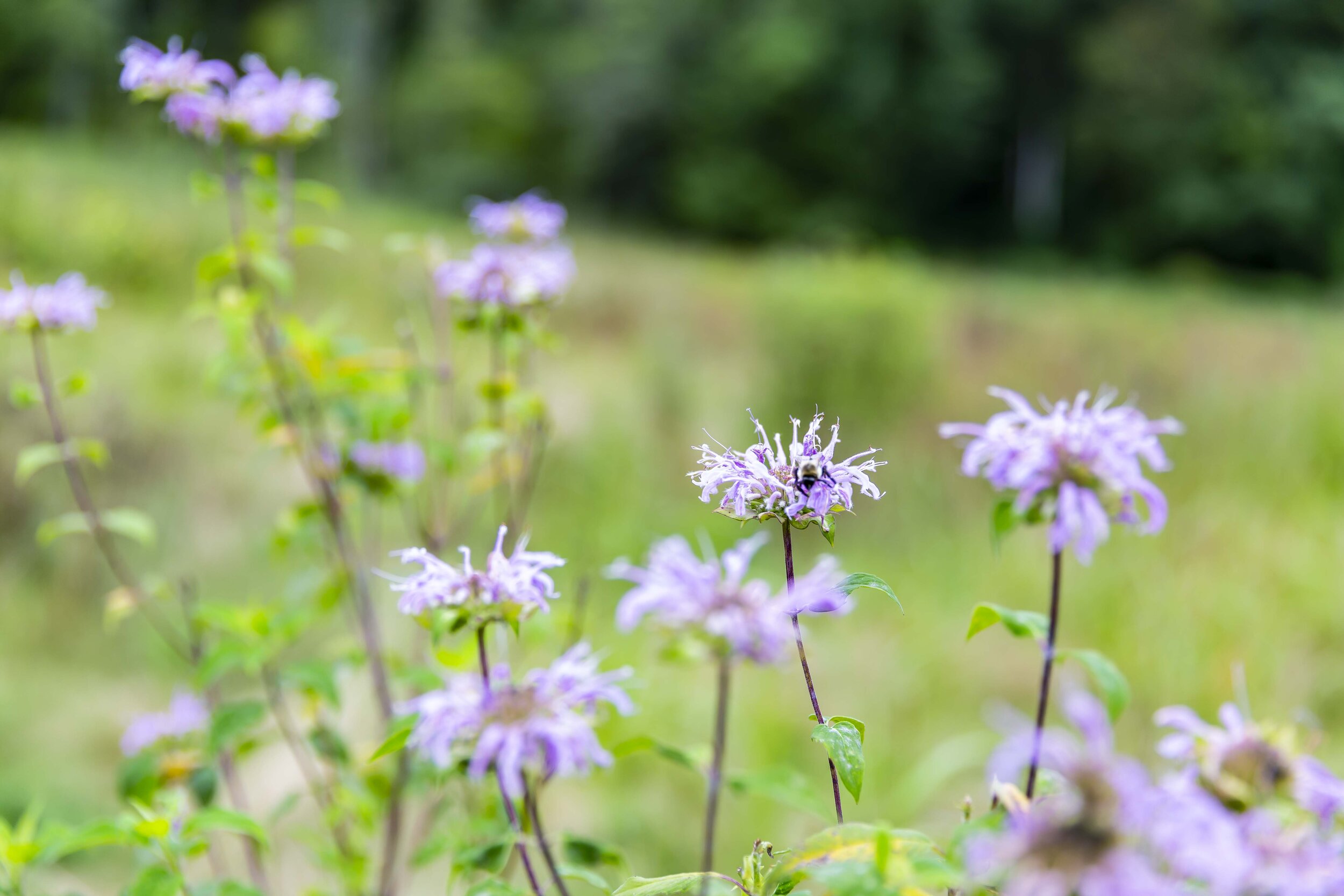
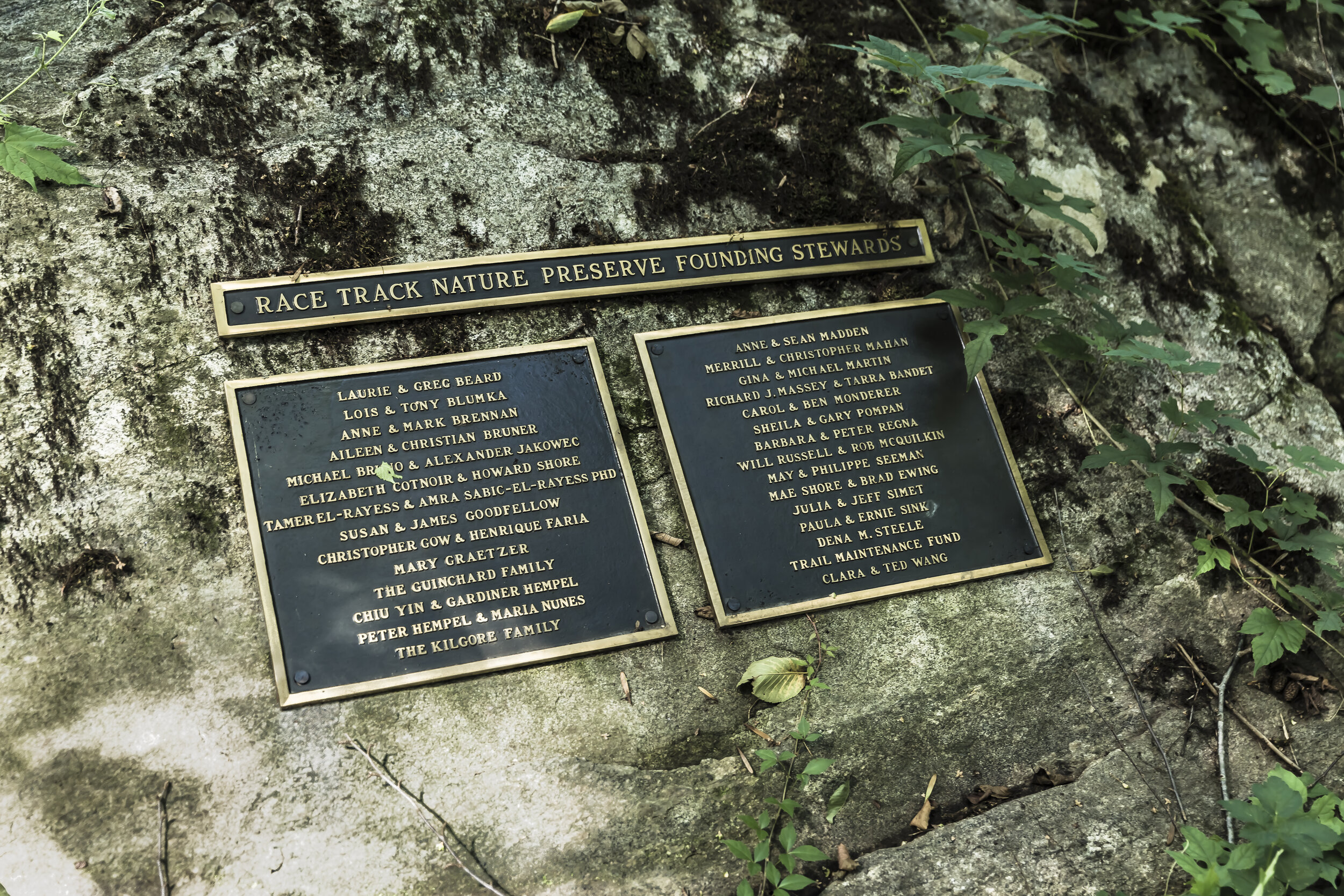

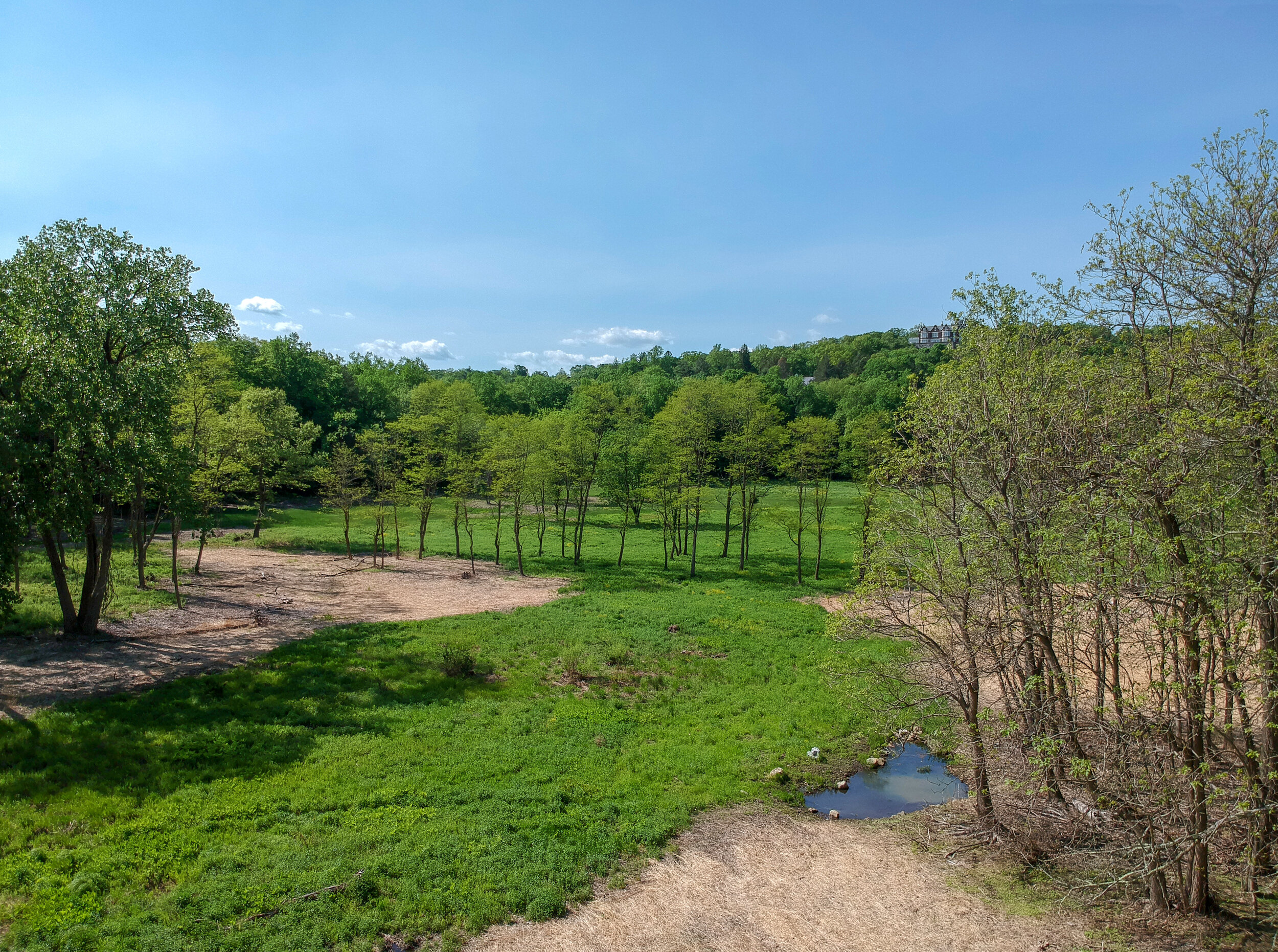
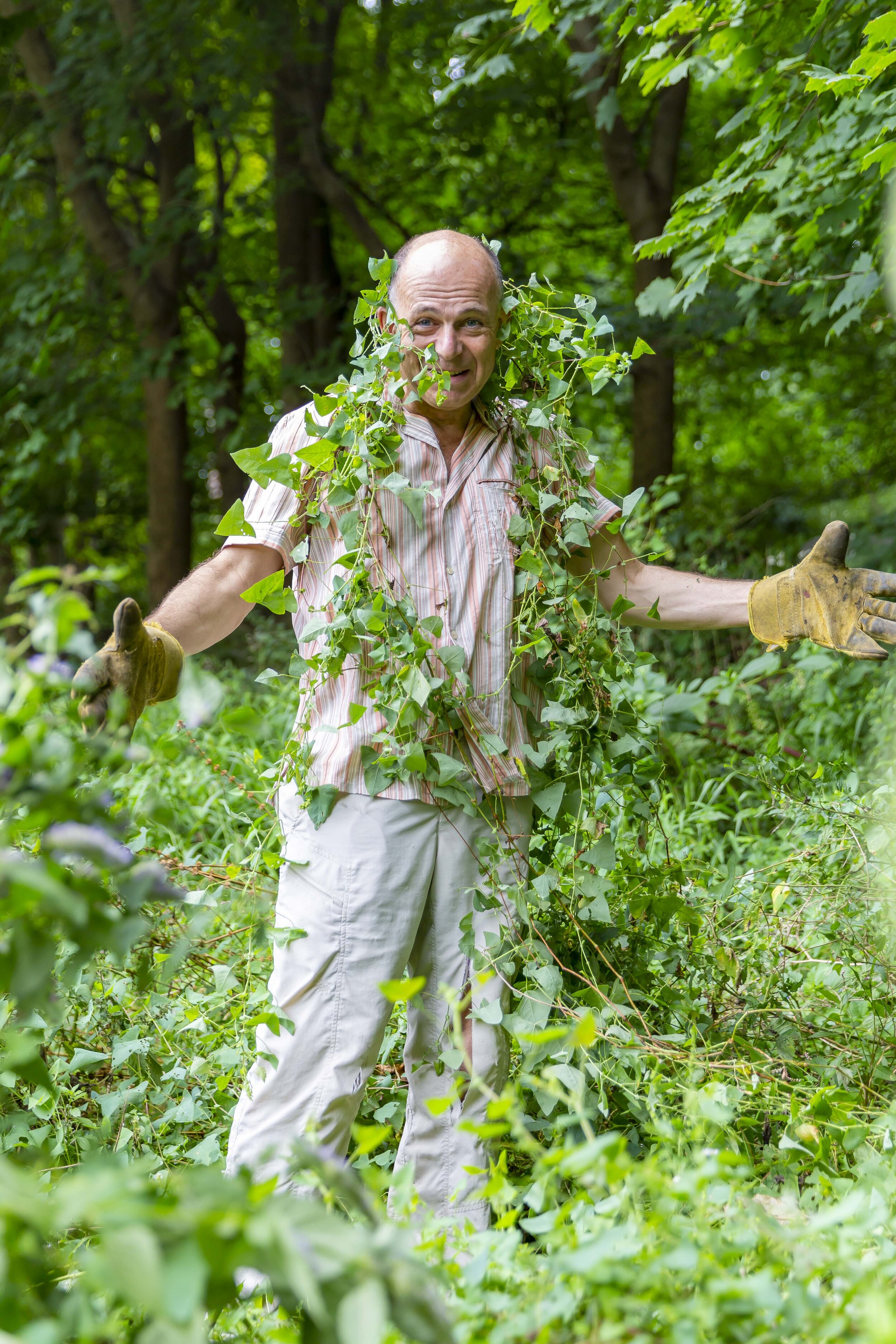
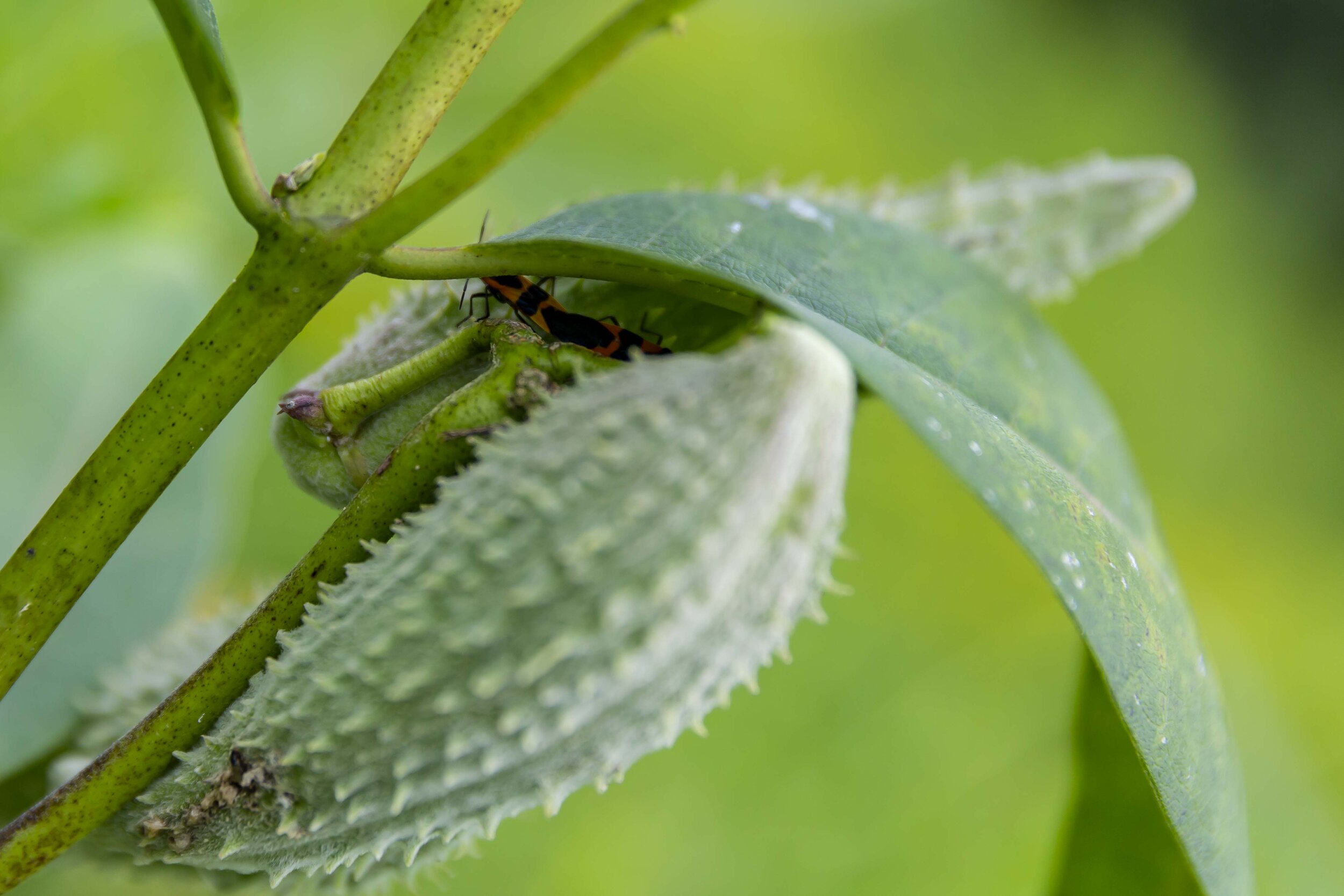

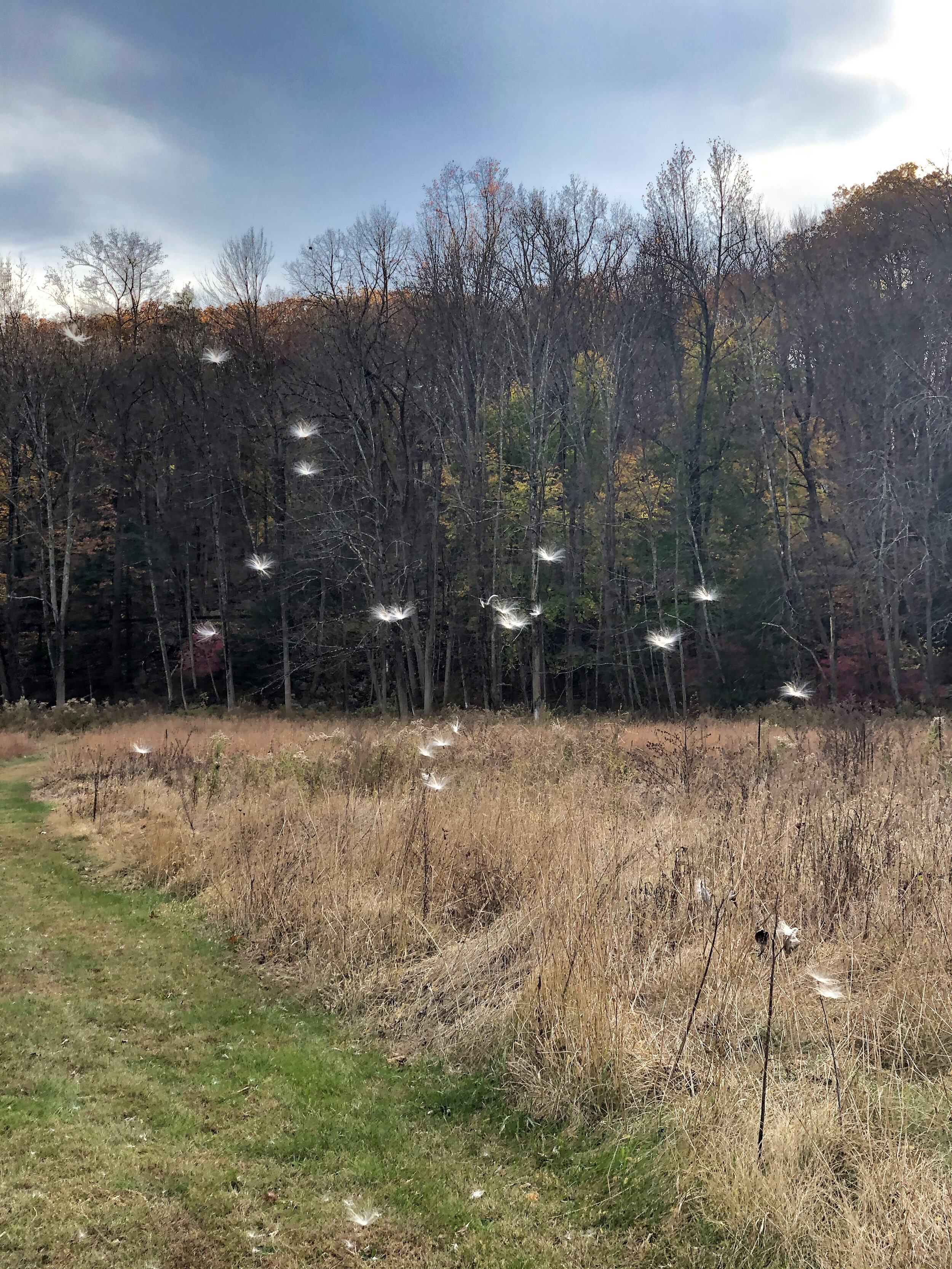
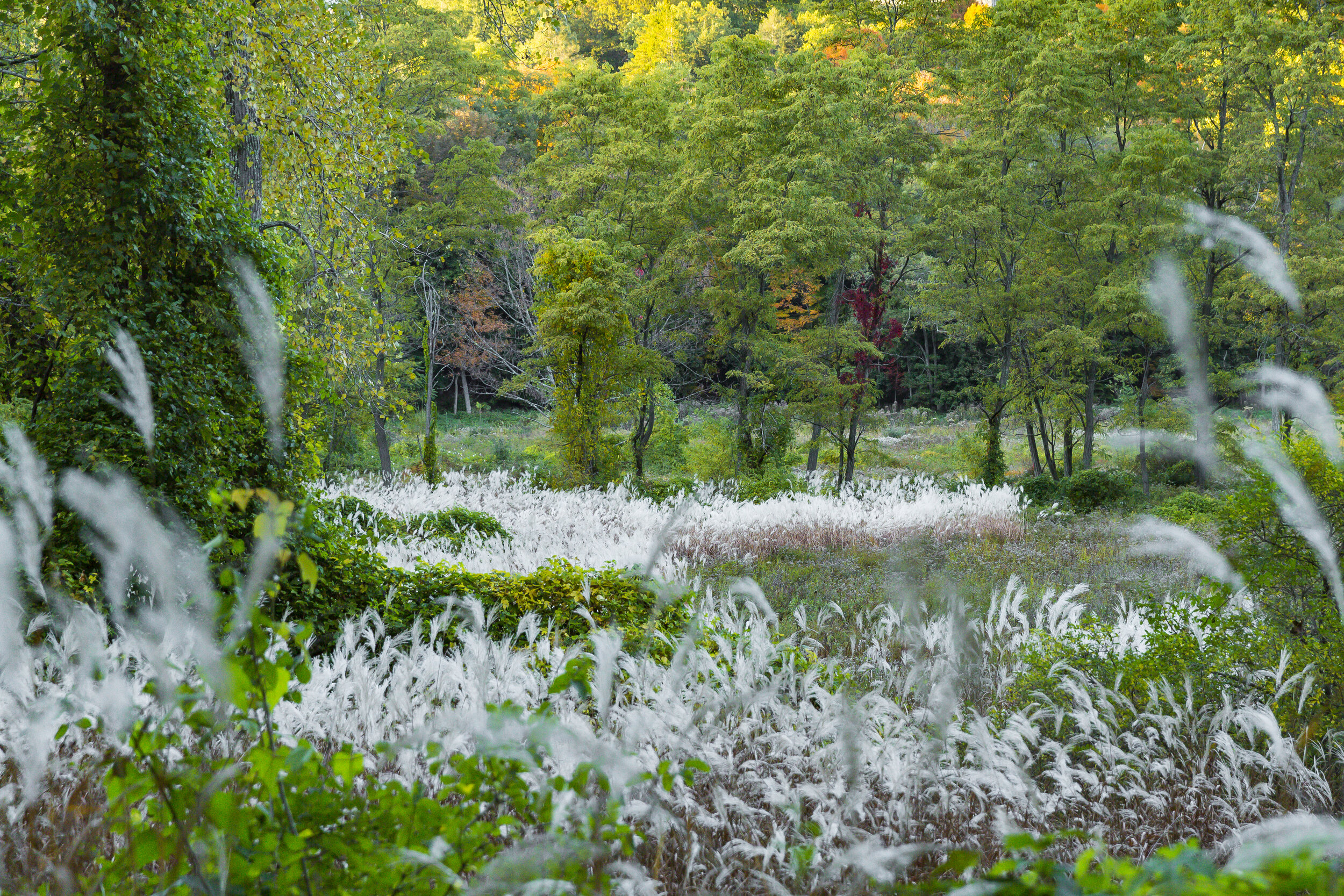
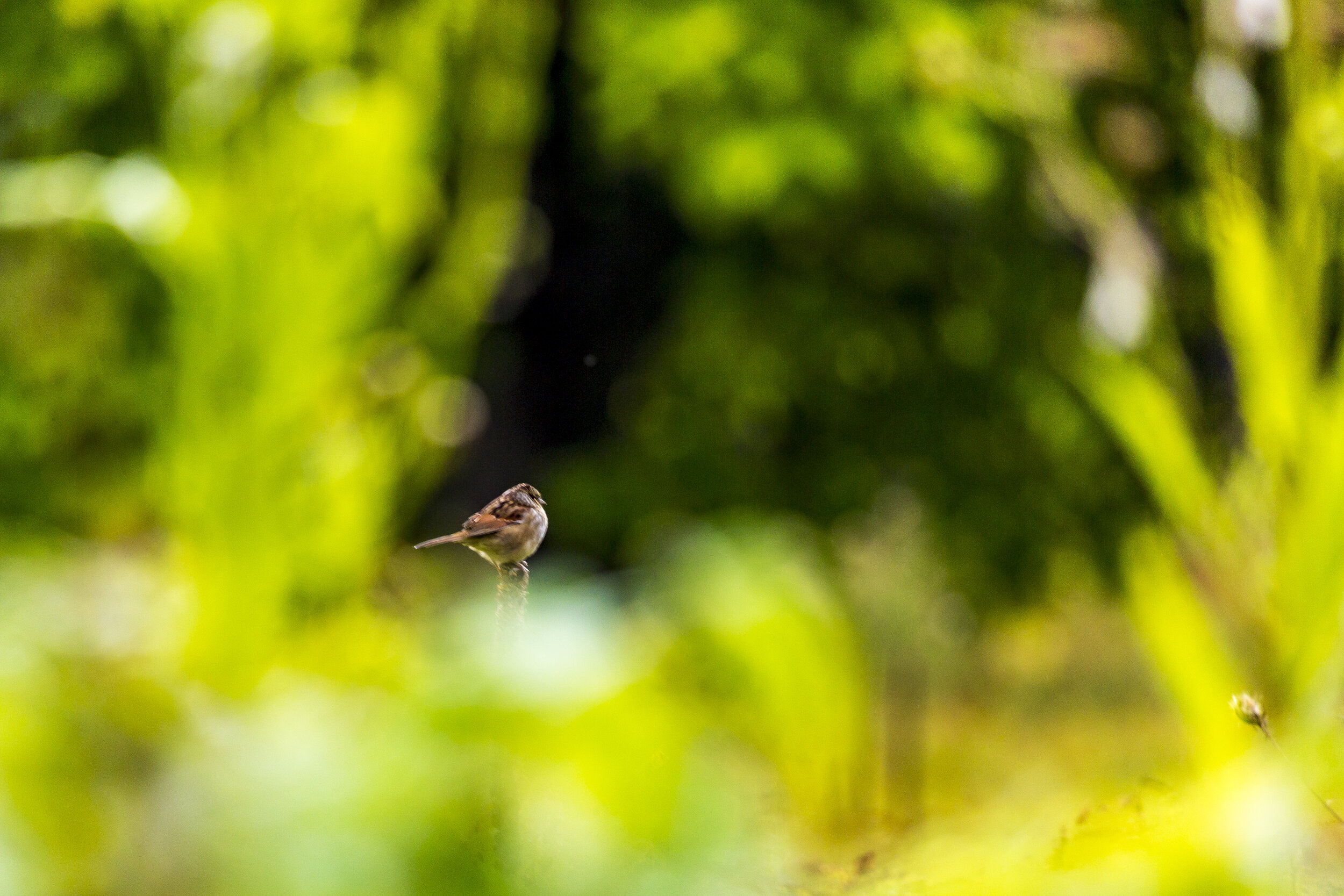
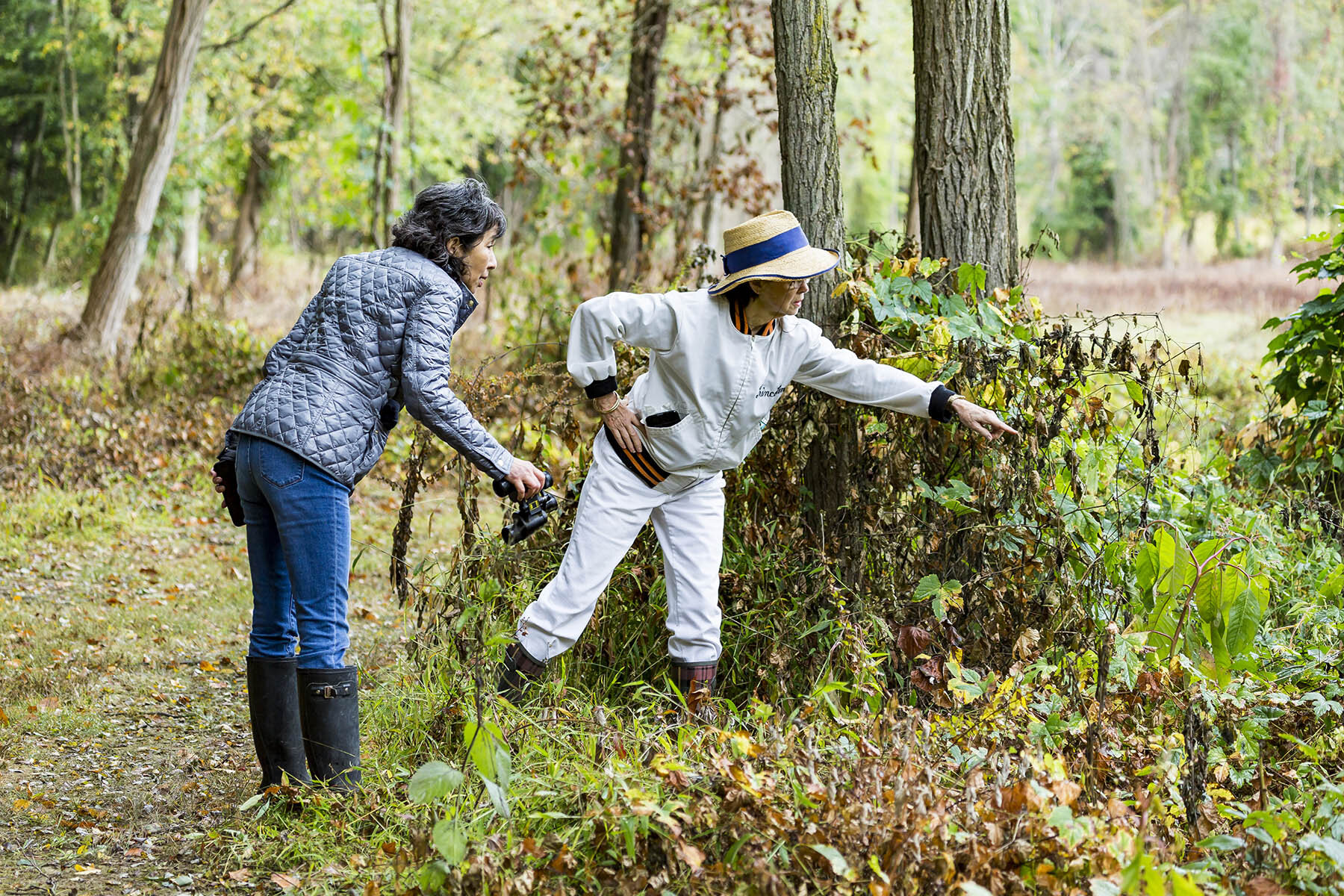
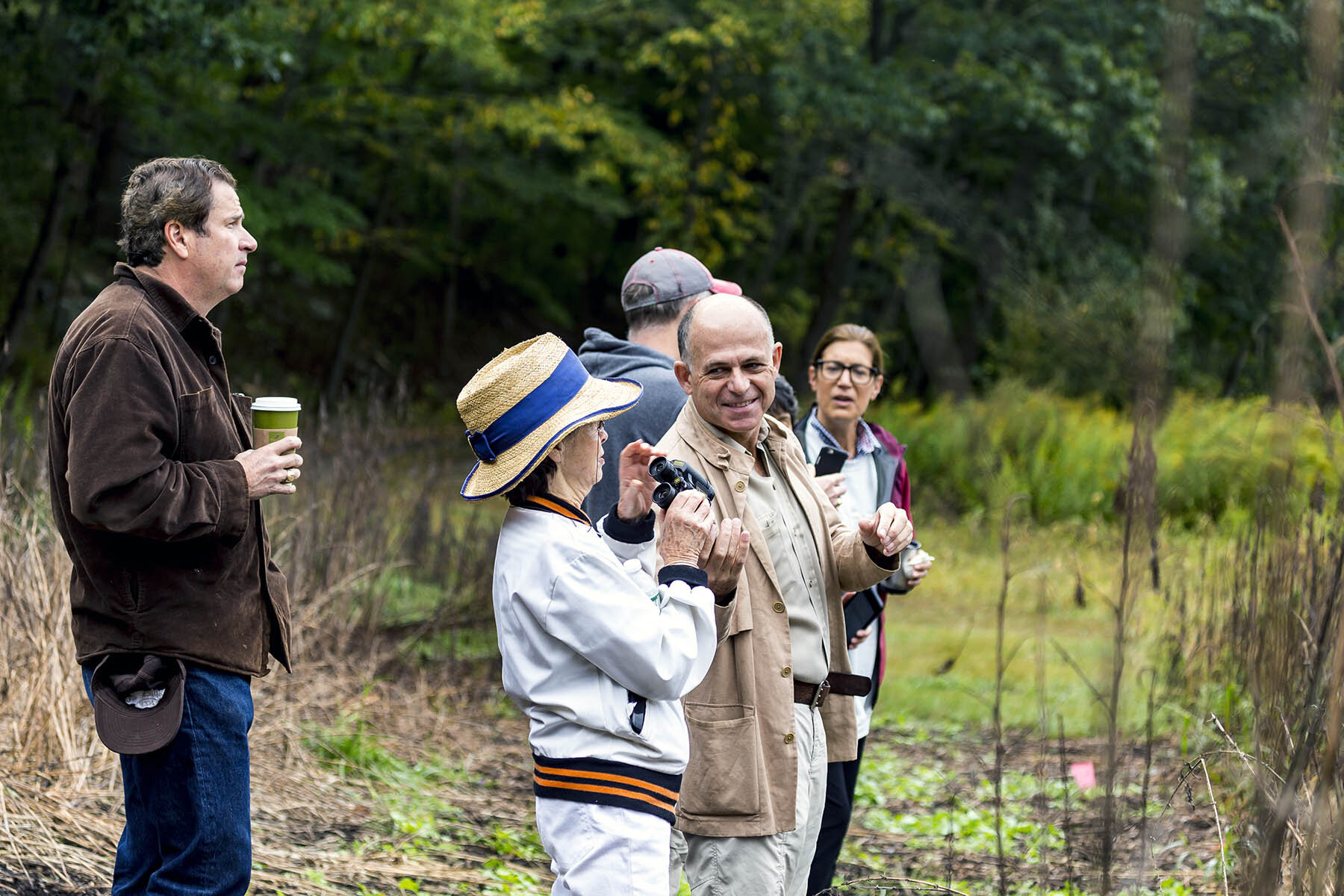
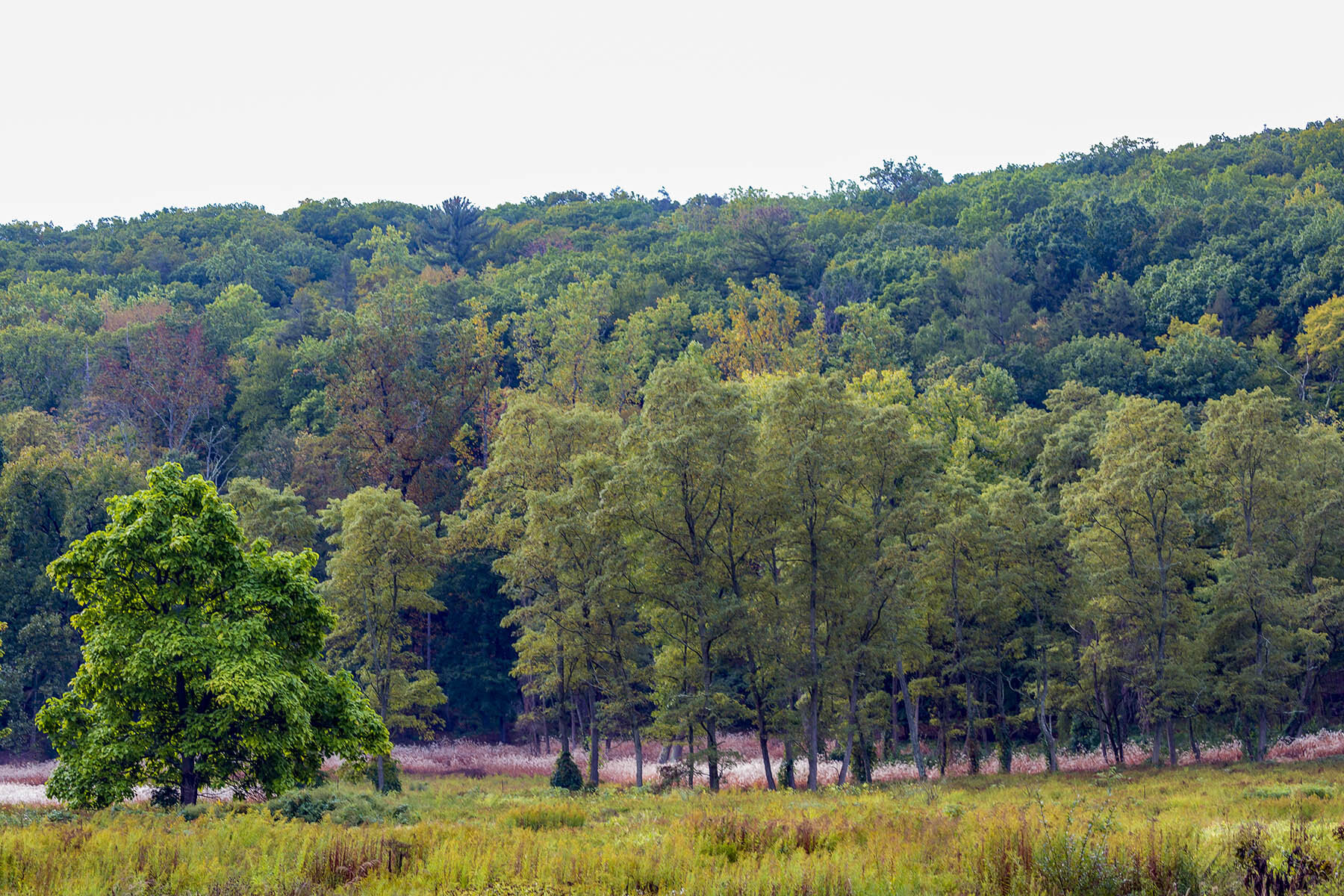
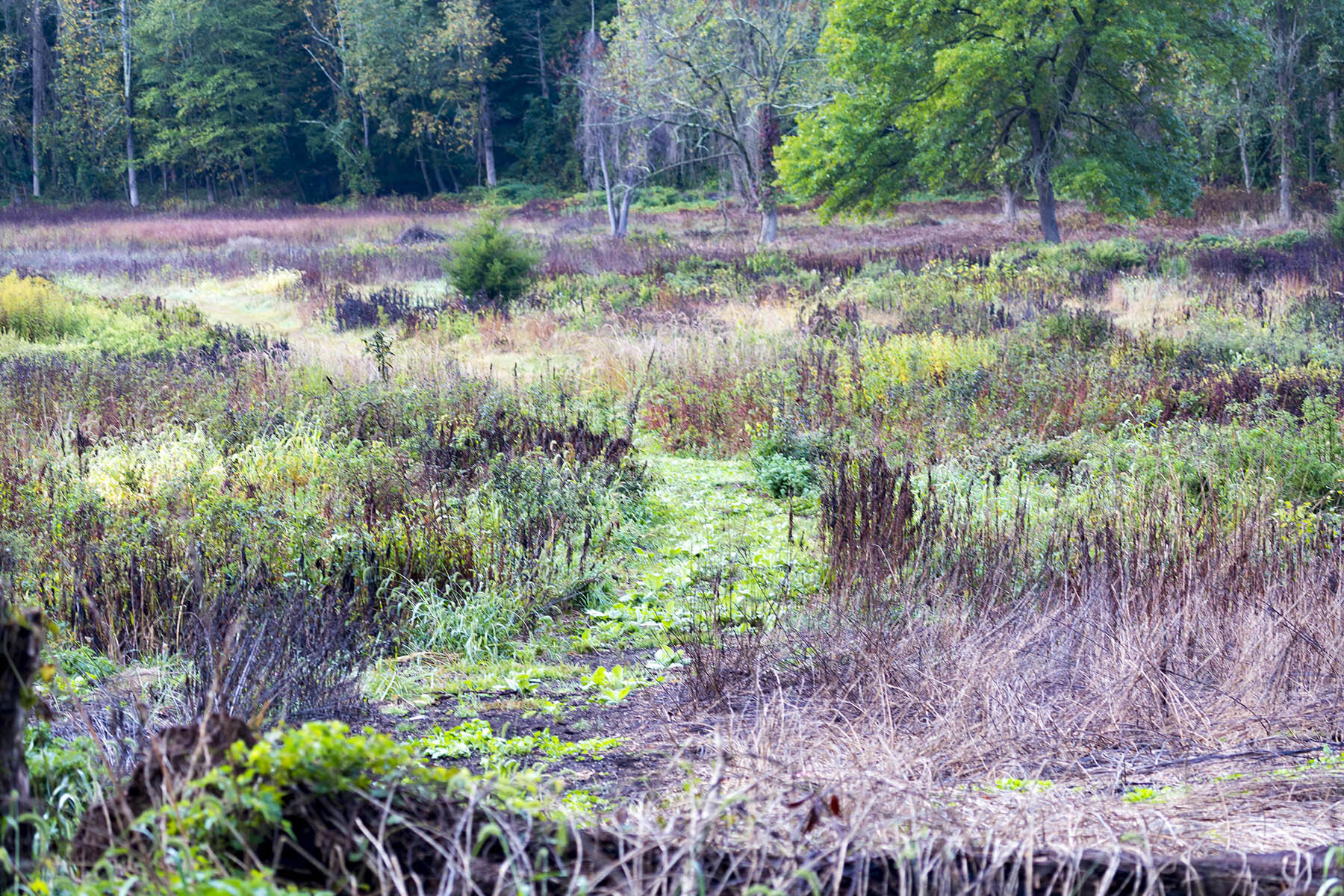
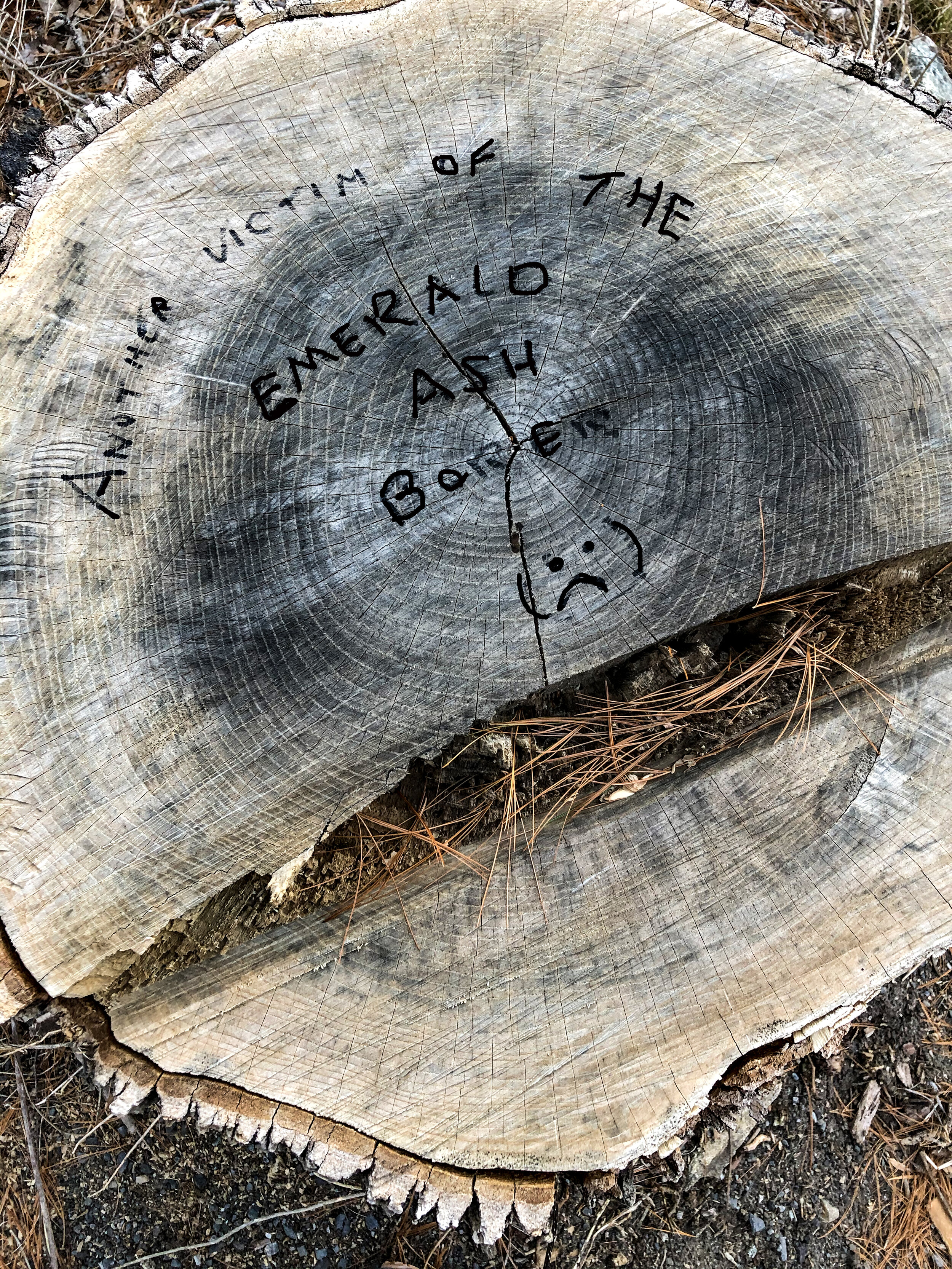
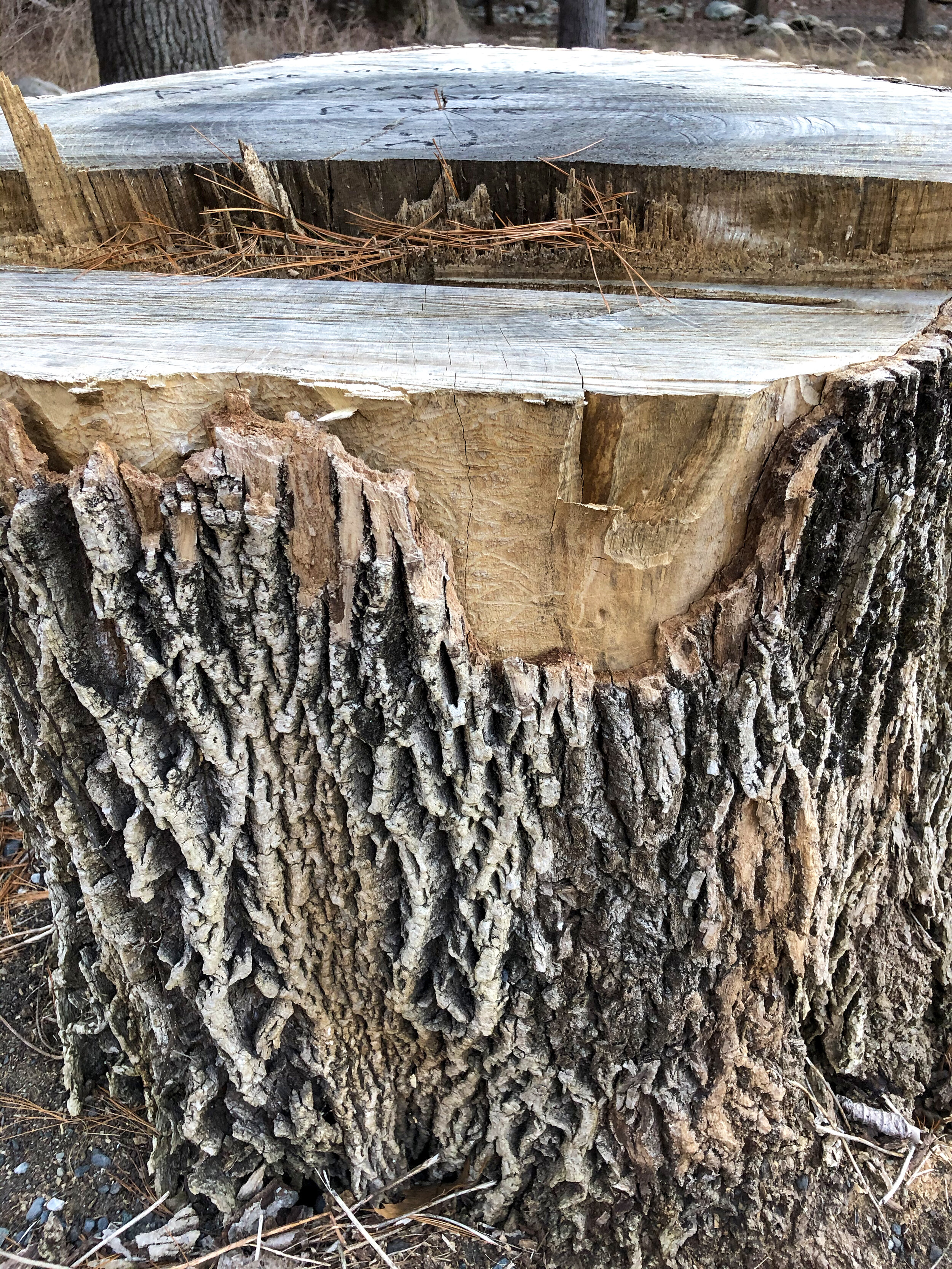
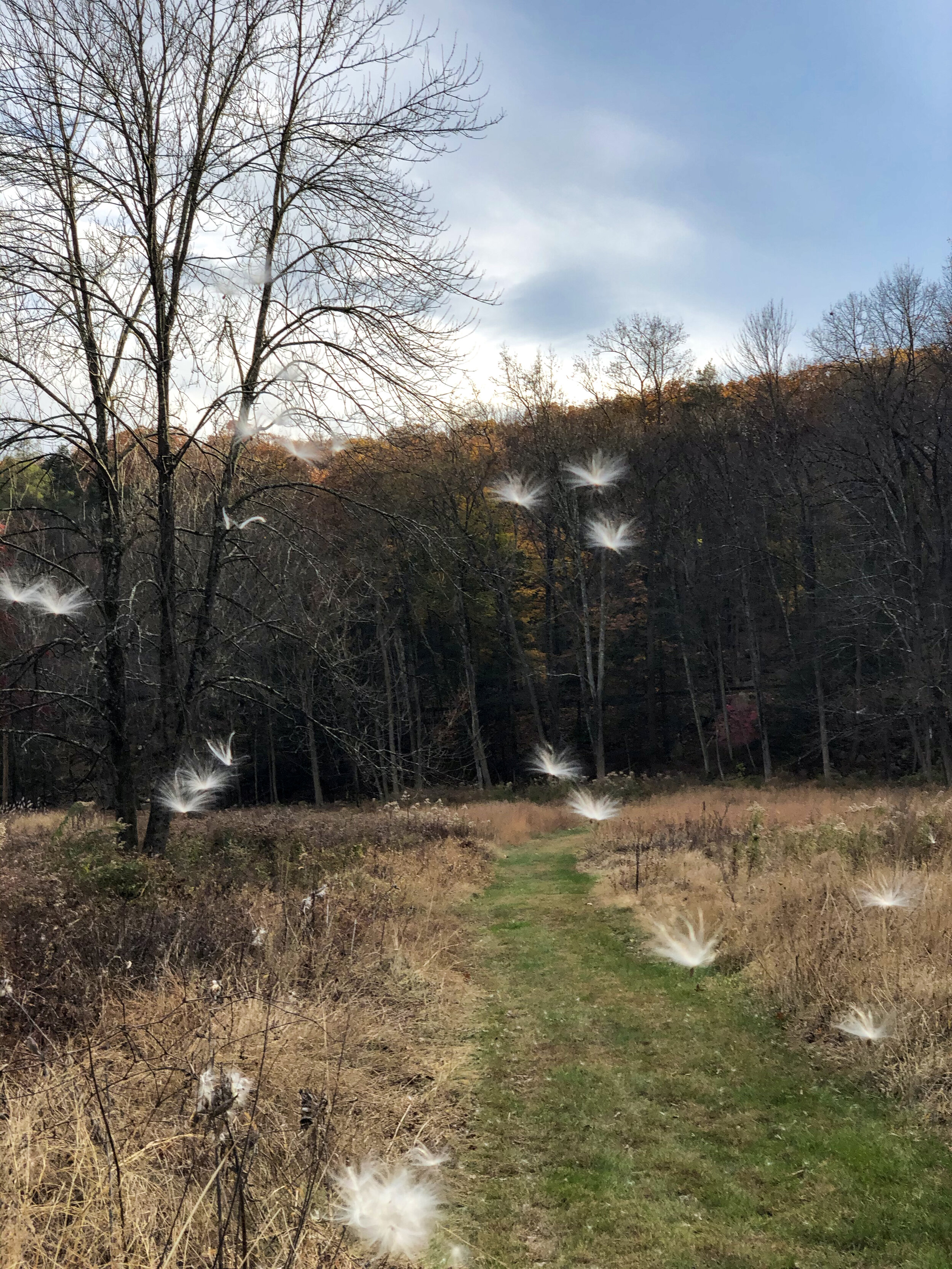

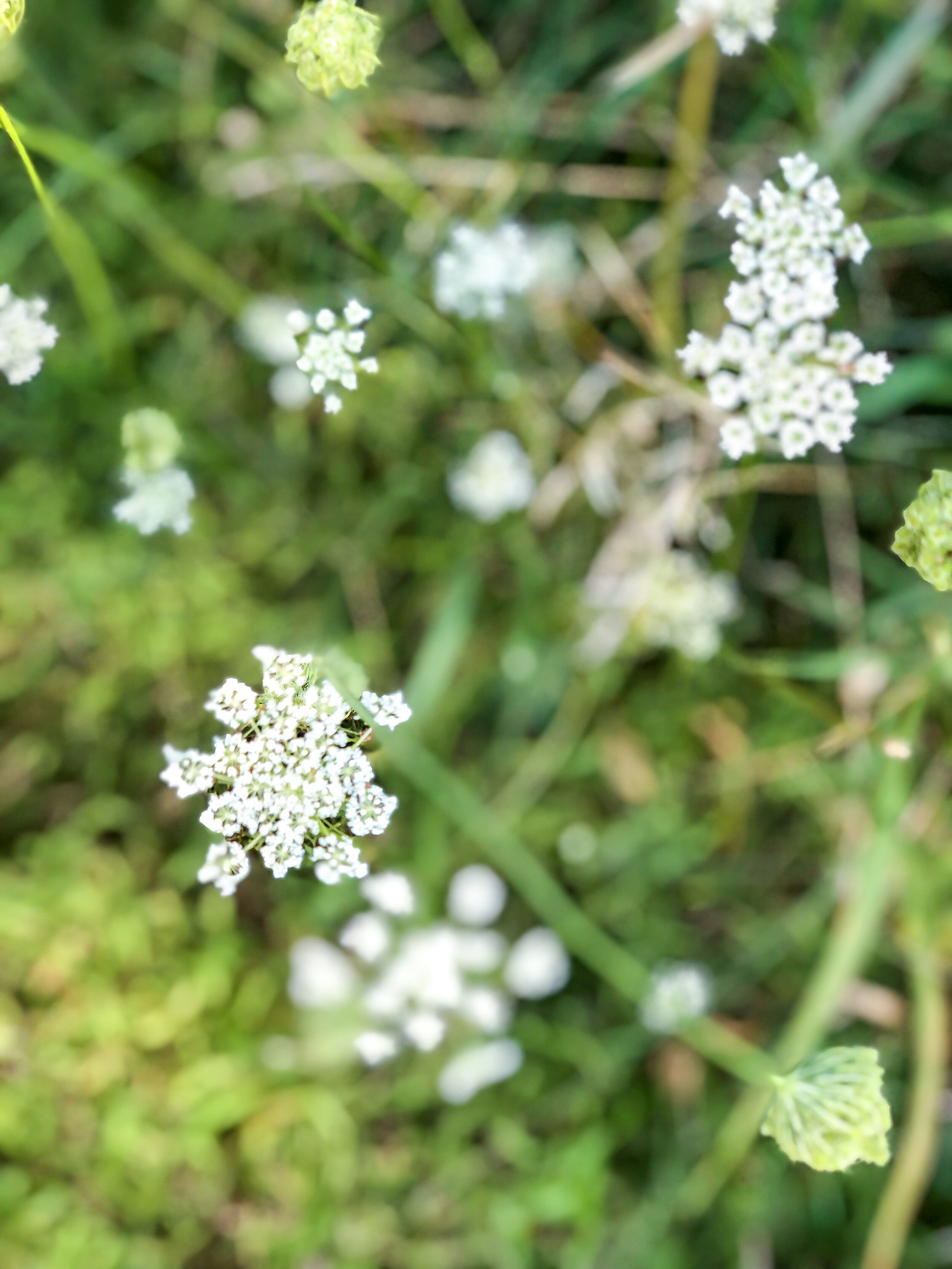

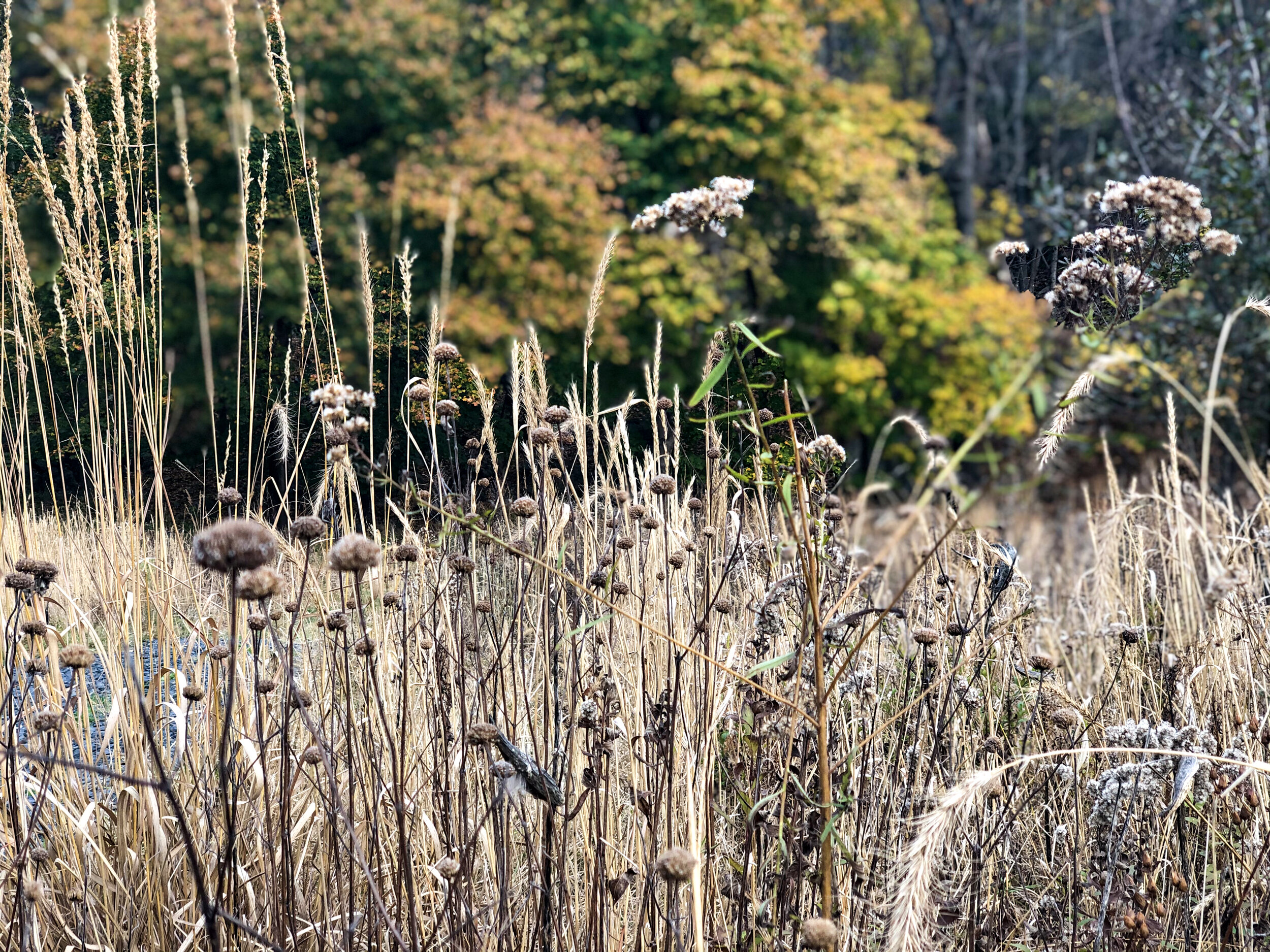

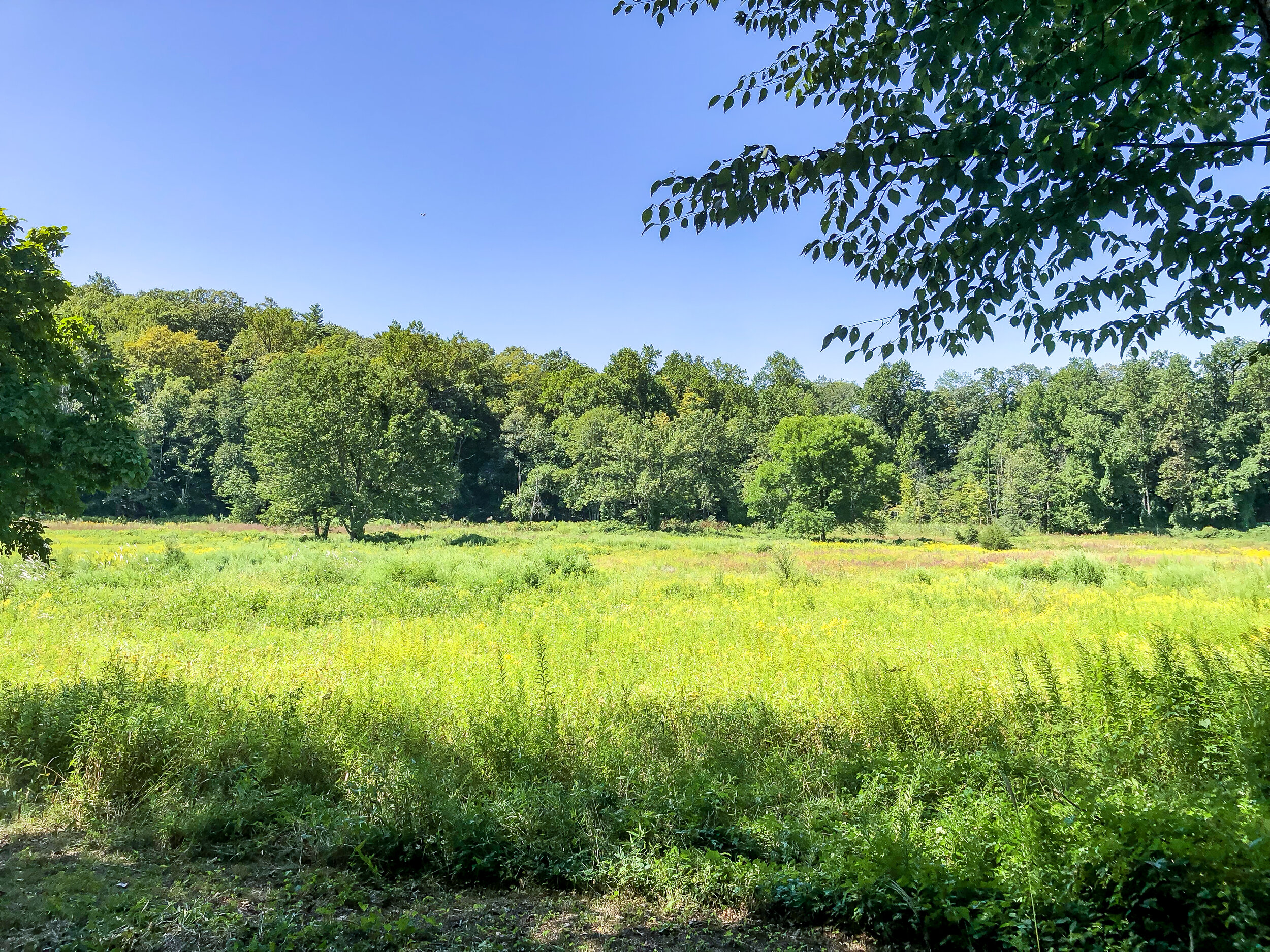


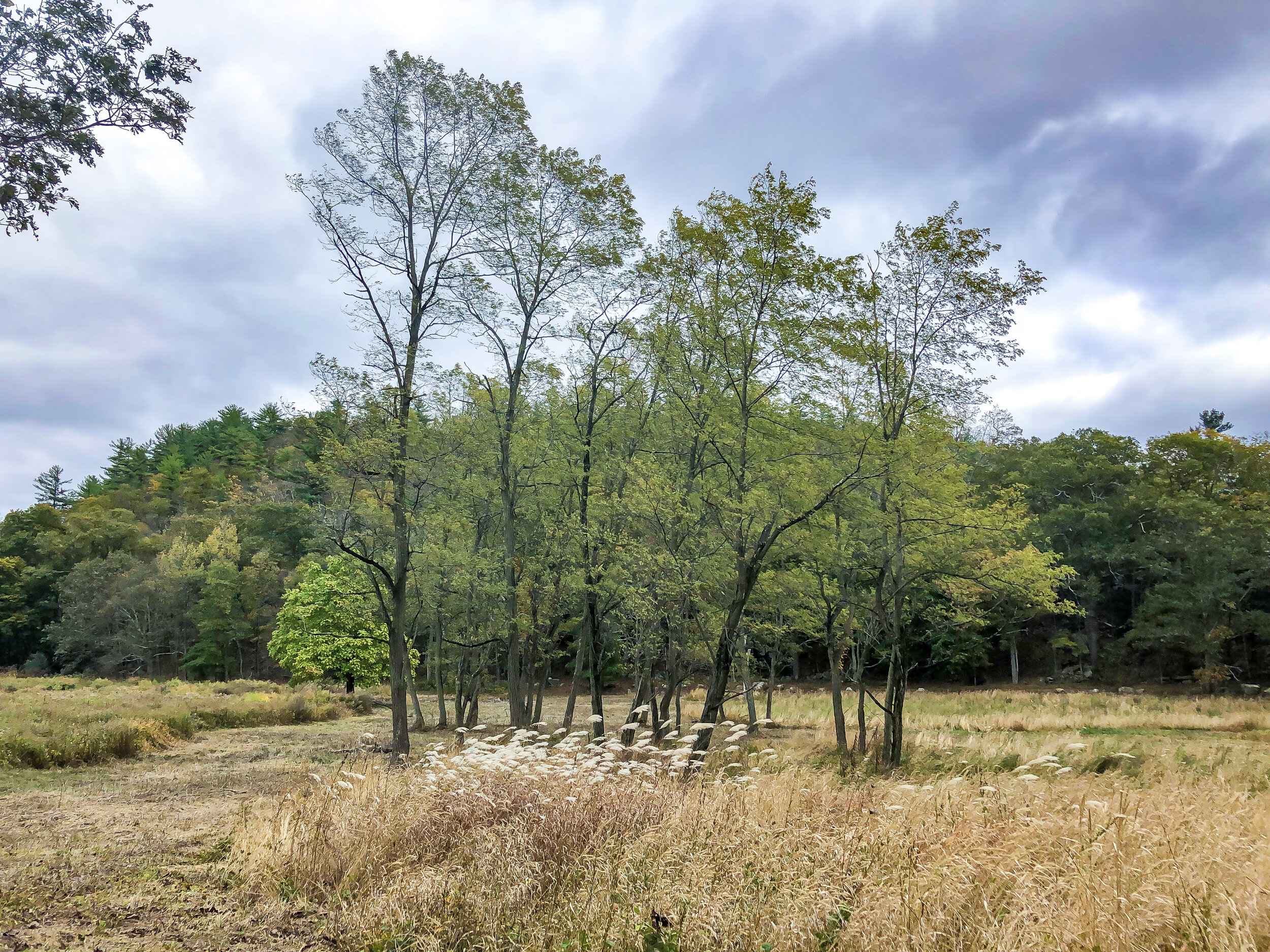


IMPORTANT SAFETY TIPS when visiting the Race Track Nature Preserve. Read more.
Oak tree killing disease found in Brooklyn and Long Island: help prevent it from coming to Tuxedo Park by not pruning your oak trees until winter. Read more.
New offering from the Race Track Nature Preserve Friends
Original mounted and framed herbarium artwork (each is unique) available by courtesy of Christopher Gow for each tax-deductible donation of $150 to the Preserve. Contact Racetrackfriends@gmail.com to order or for more information.
Volunteers Needed!
To continue the momentum of suppressing invasives and encouraging native plants. No experience is necessary as training will be provided. All that is required is a willingness to help benefit the community of Tuxedo Park as well as the environment. Please contact tptreeboard@gmail.com or speak to any of the Tree Advisory Board members, Chiu Yin Hempel, Christopher Gow, Jill Swirbul, Father Rick Datos-Robyn and Alan McHugh (Trustee Liaison).
We are most grateful to local artist Mae Shore for creating this beautiful limited-edition (150) woodblock print, “Native Meadows”, to benefit the Race Track Nature Preserve. Mae is presenting the framed print to any person who donates $500 to the Preserve. This donation for a public cause is tax deductible. More than a third of the prints have been claimed/reserved. For more details, please contact Mae at mae@cheymoregallery.com, or visit www.cheymoregallery.com





